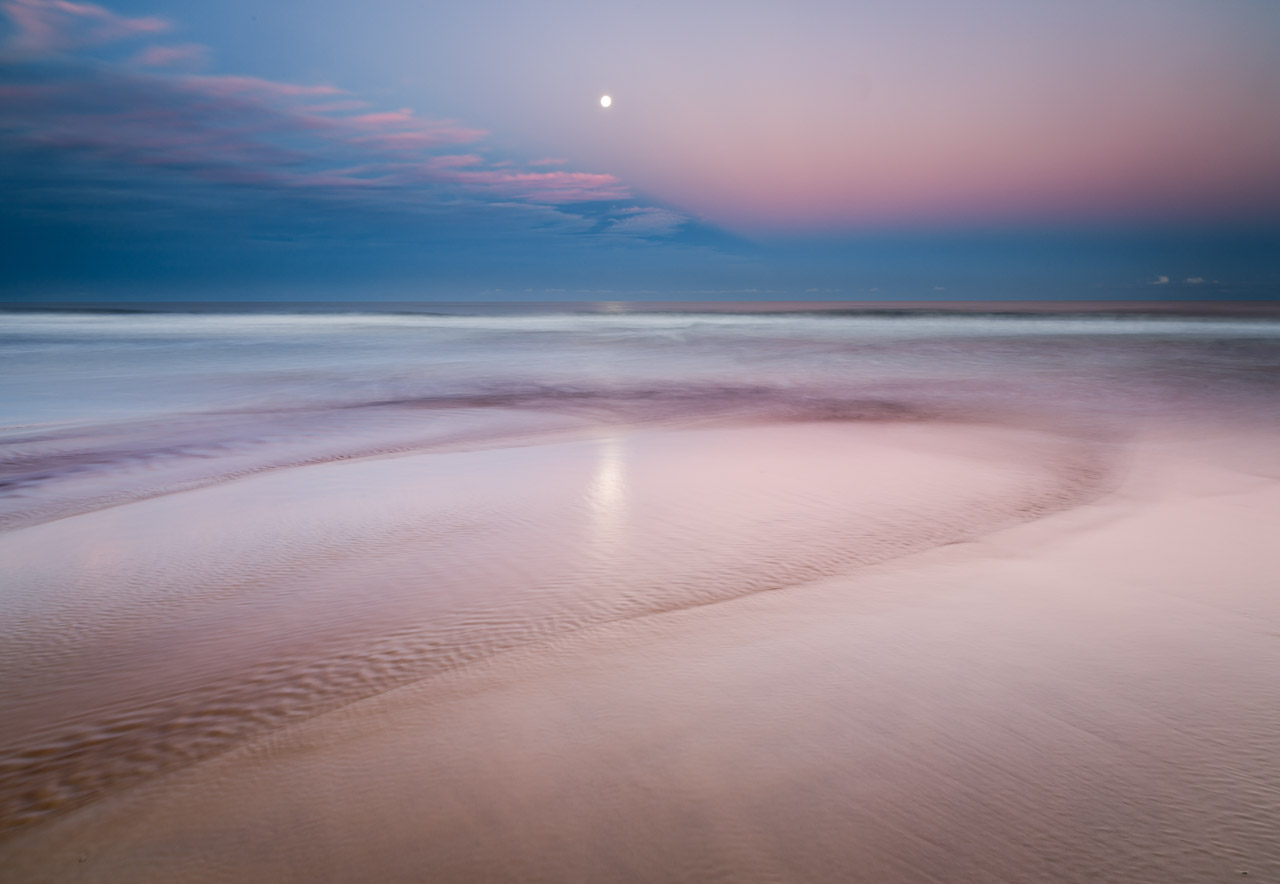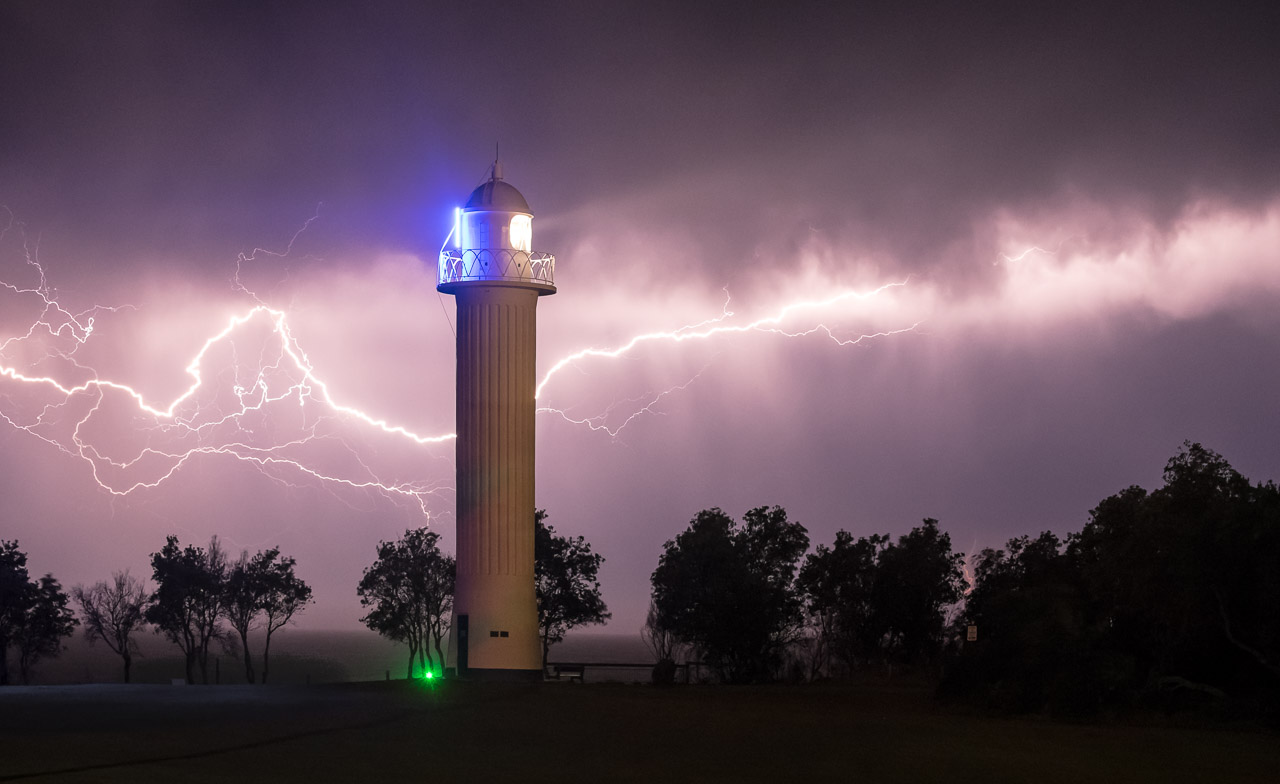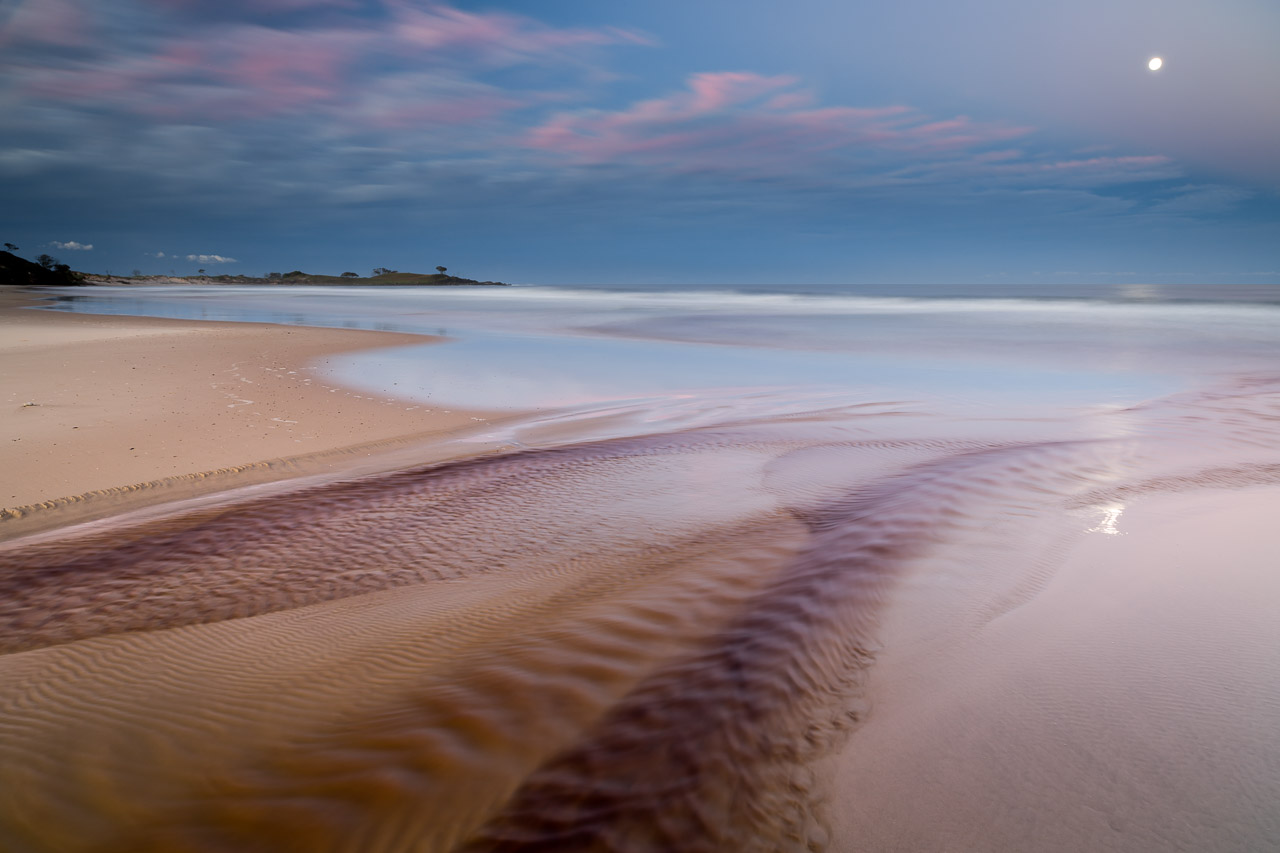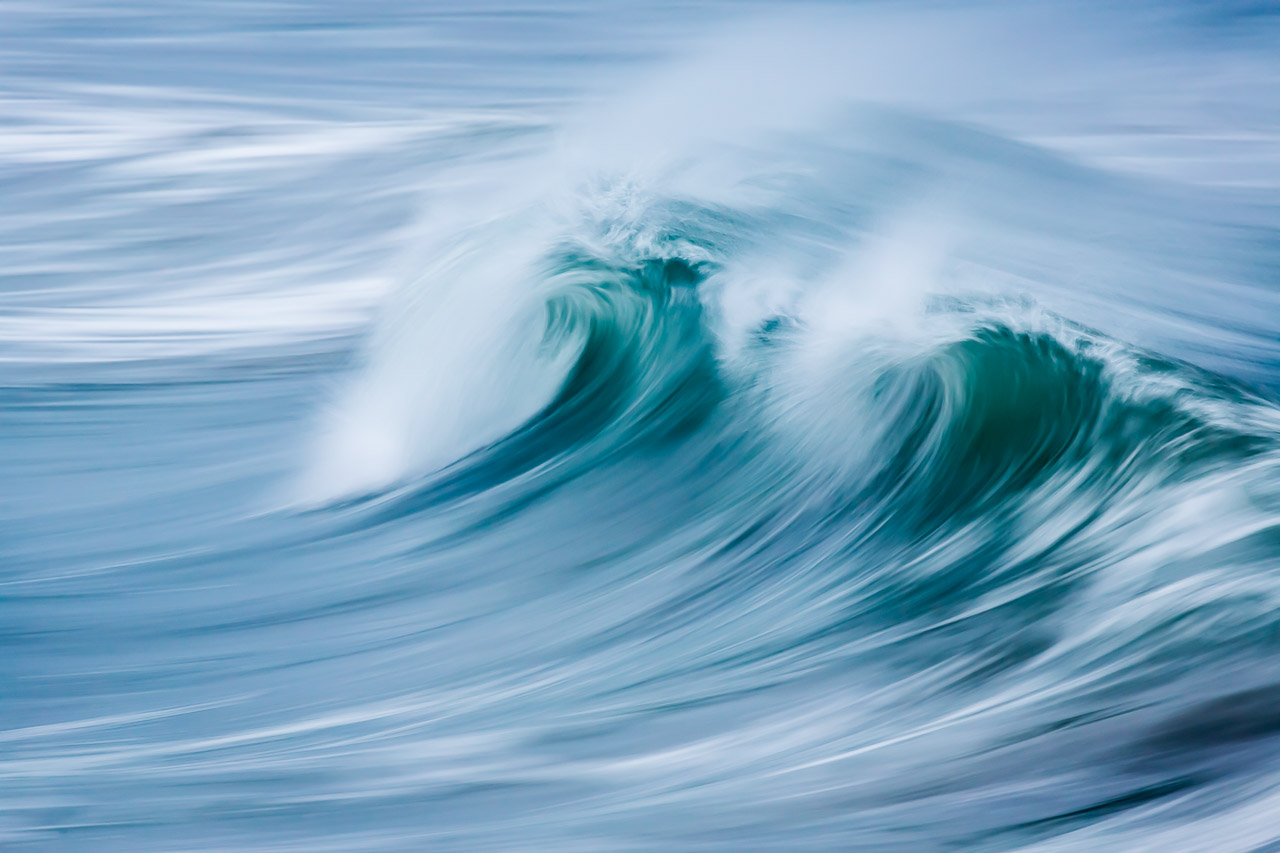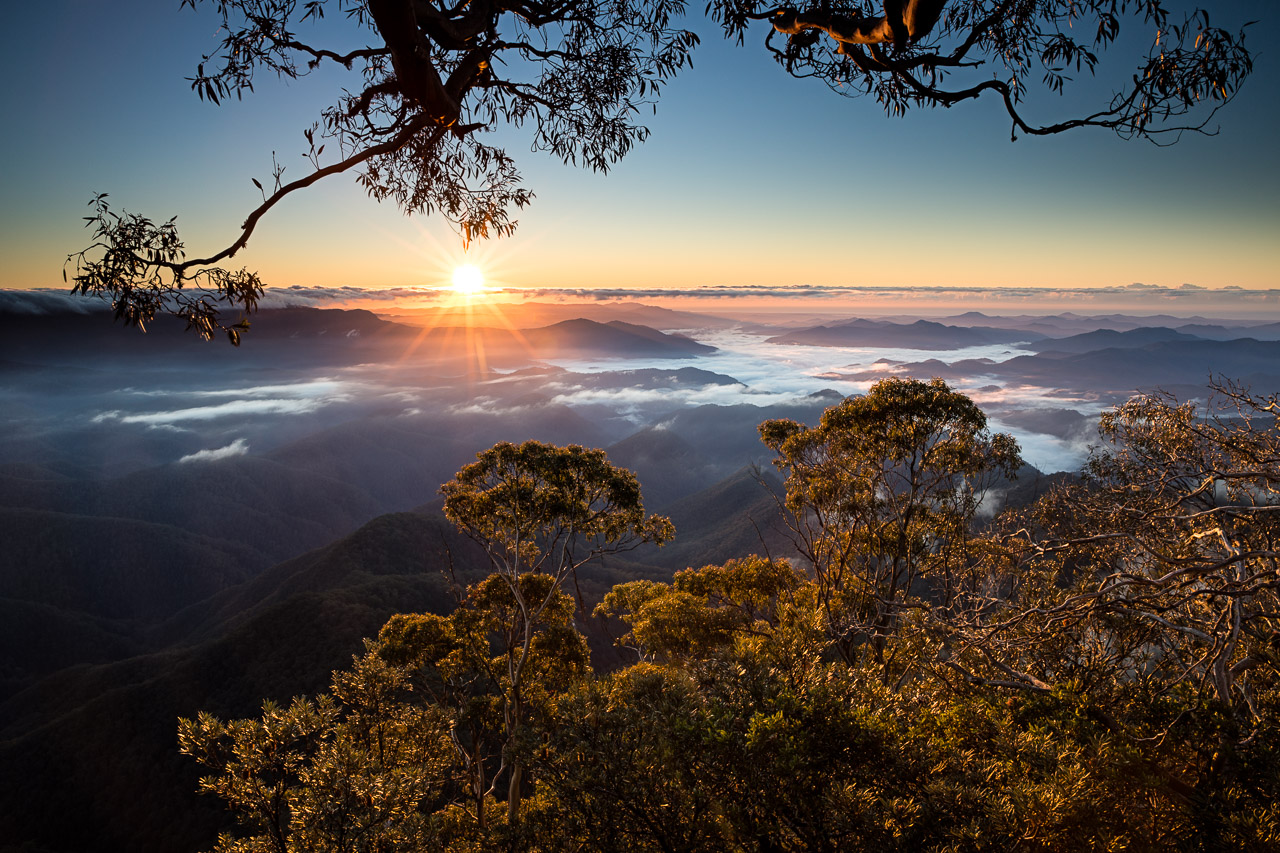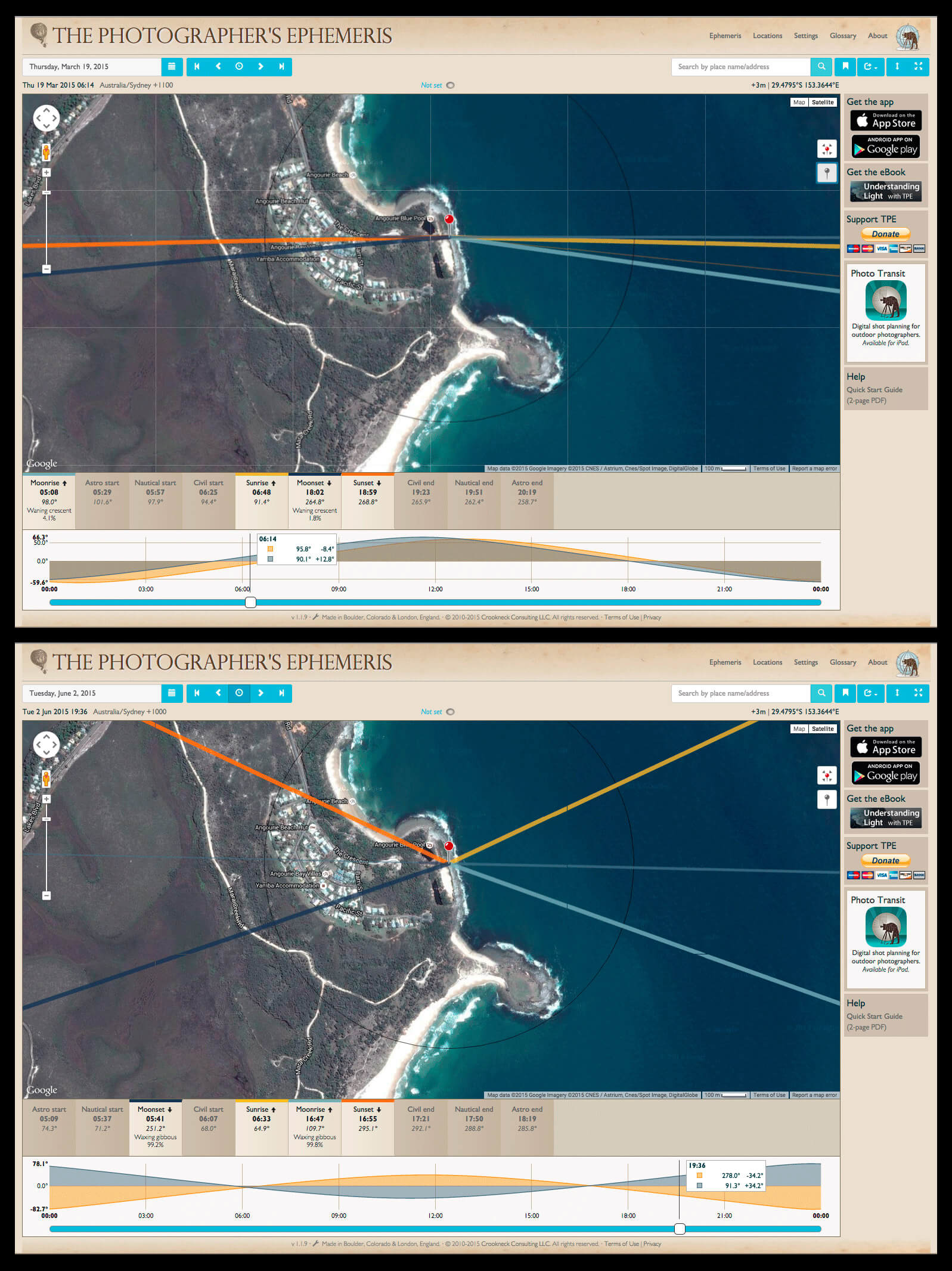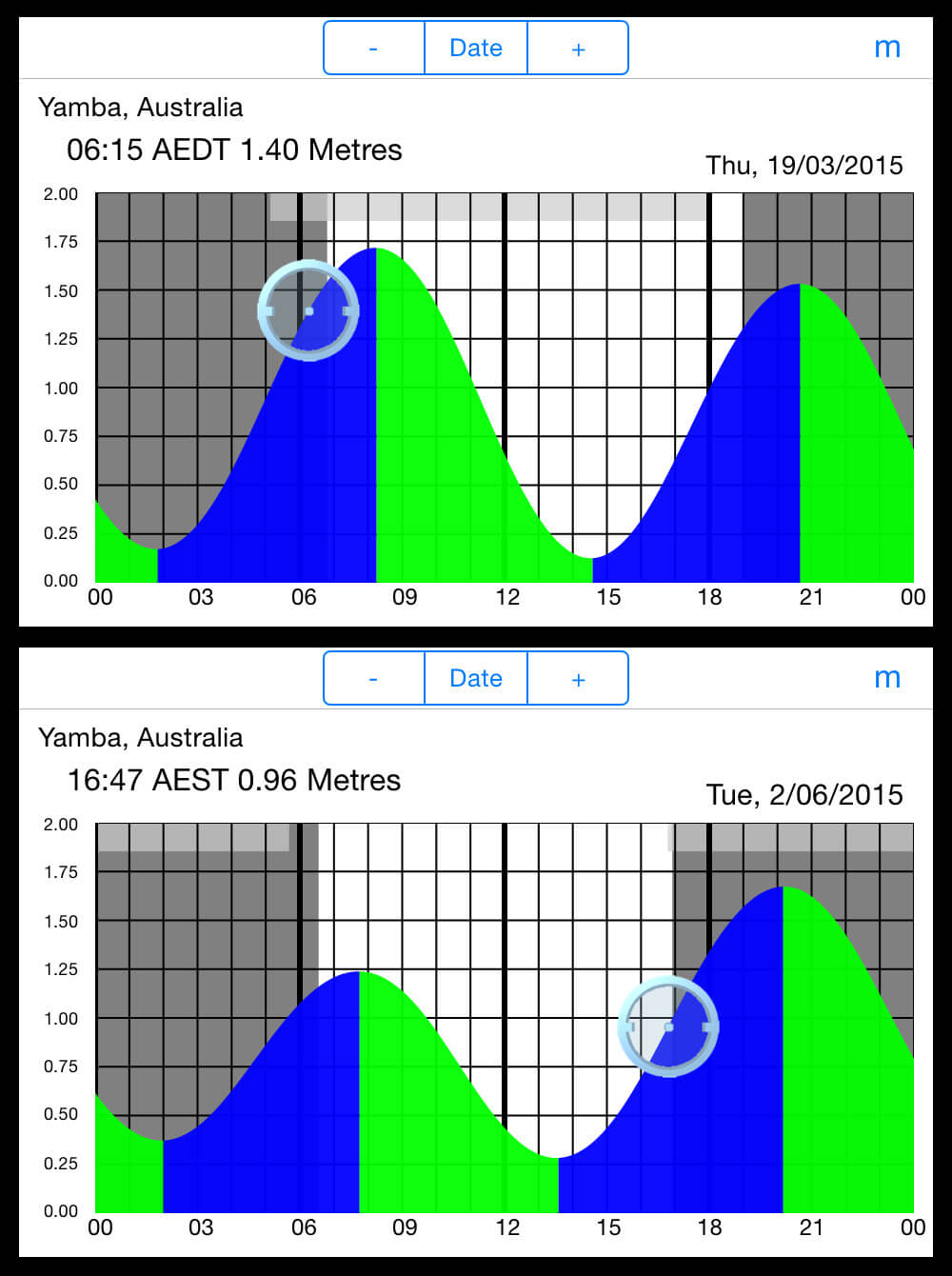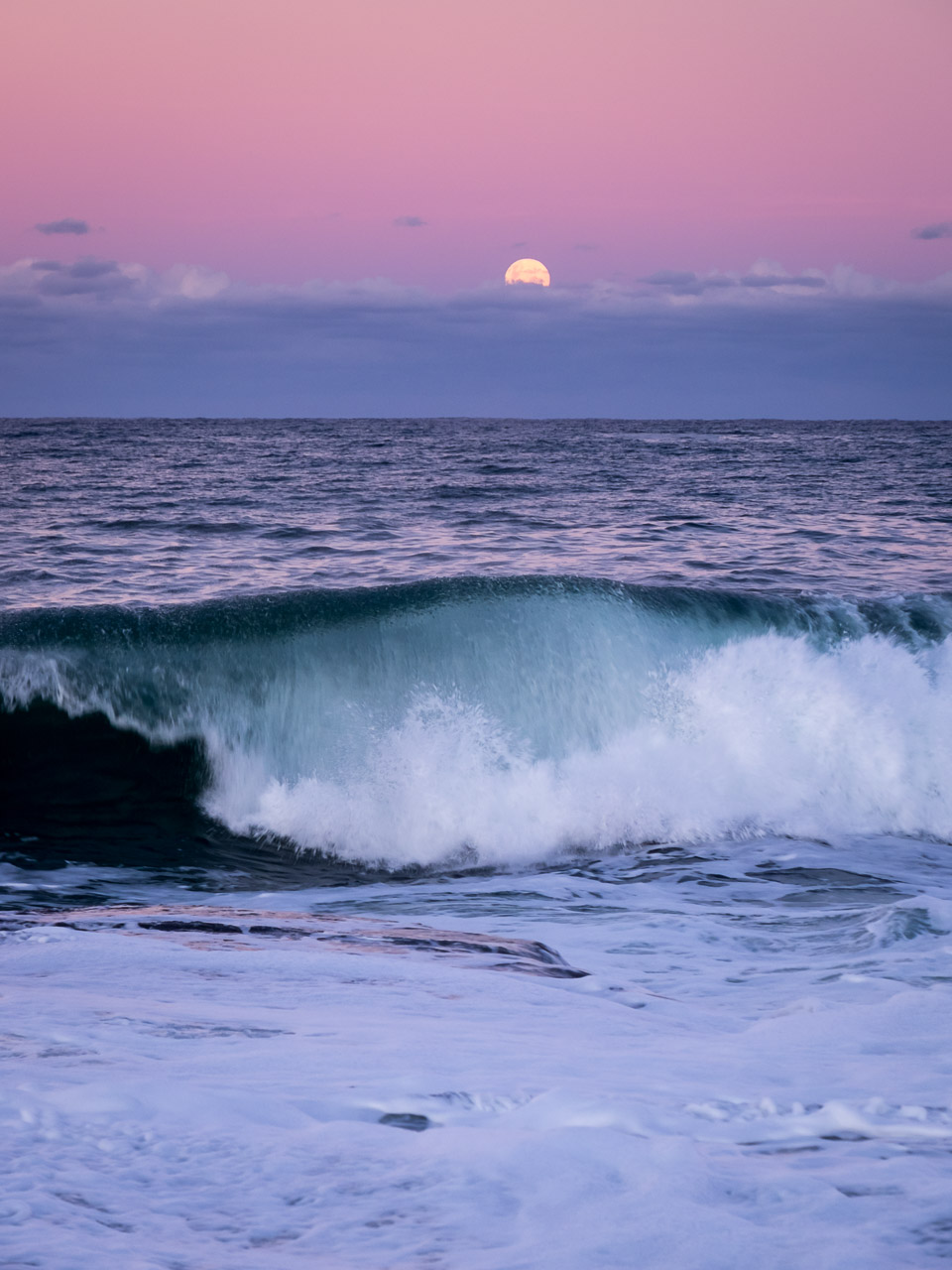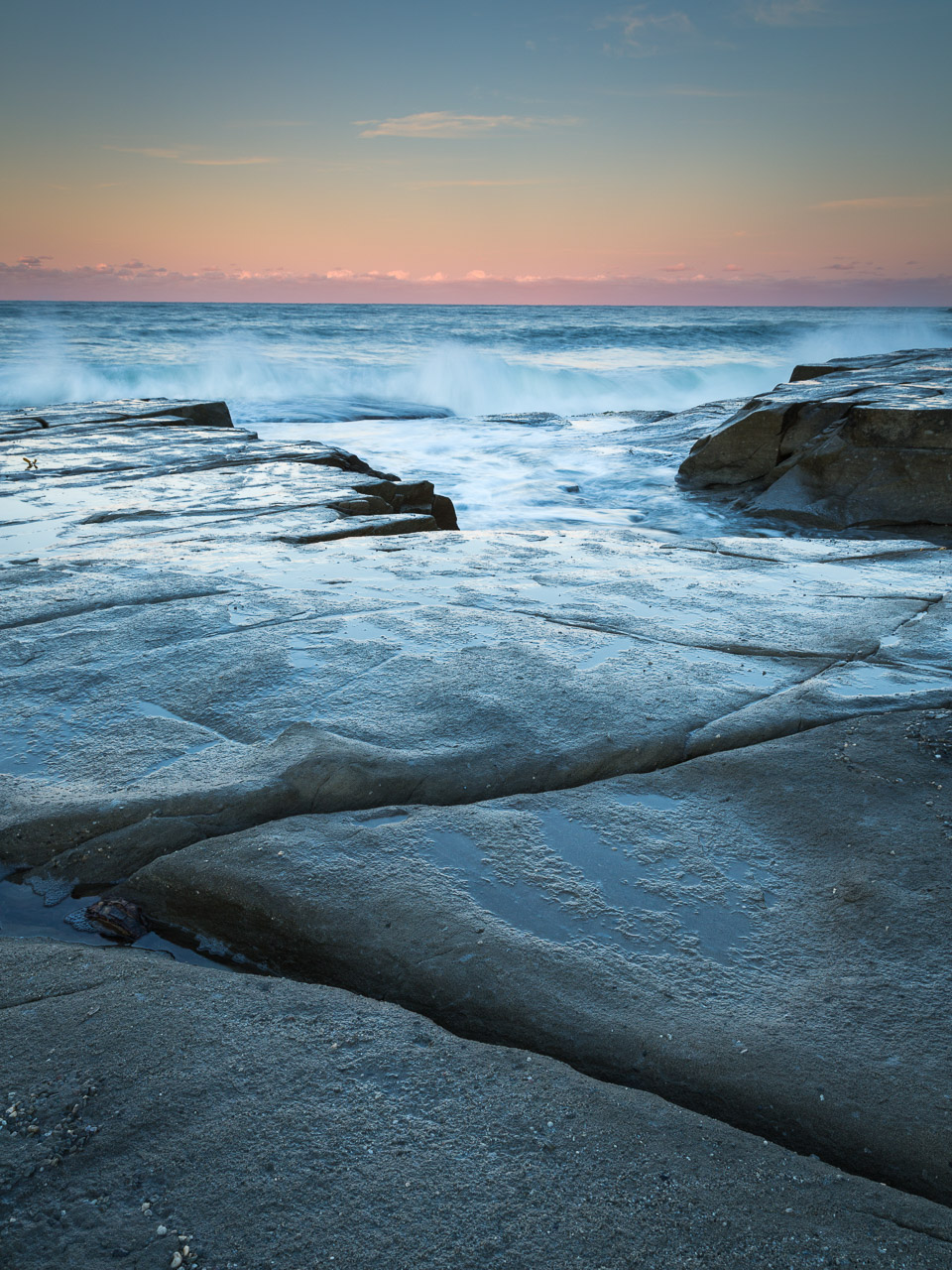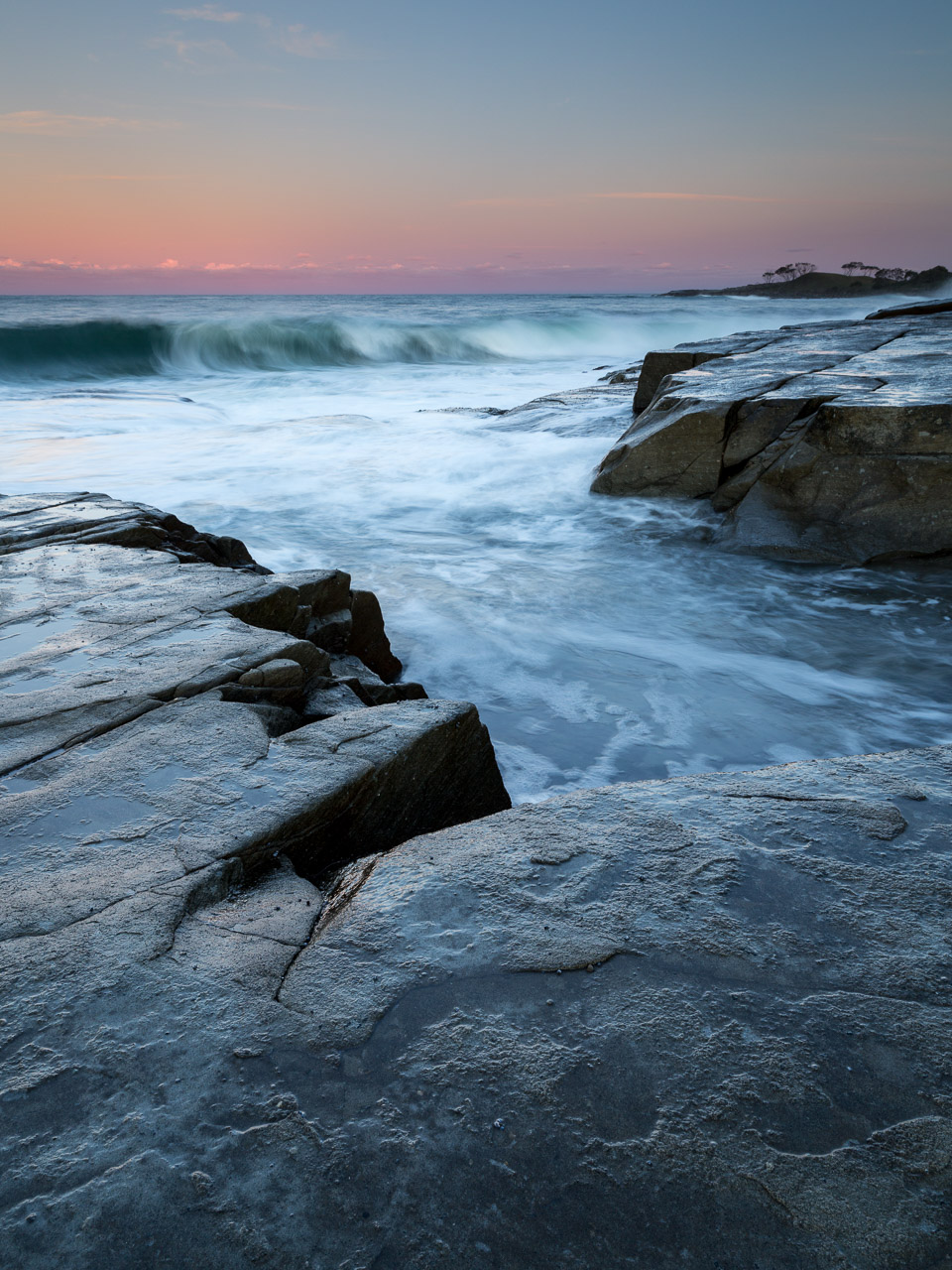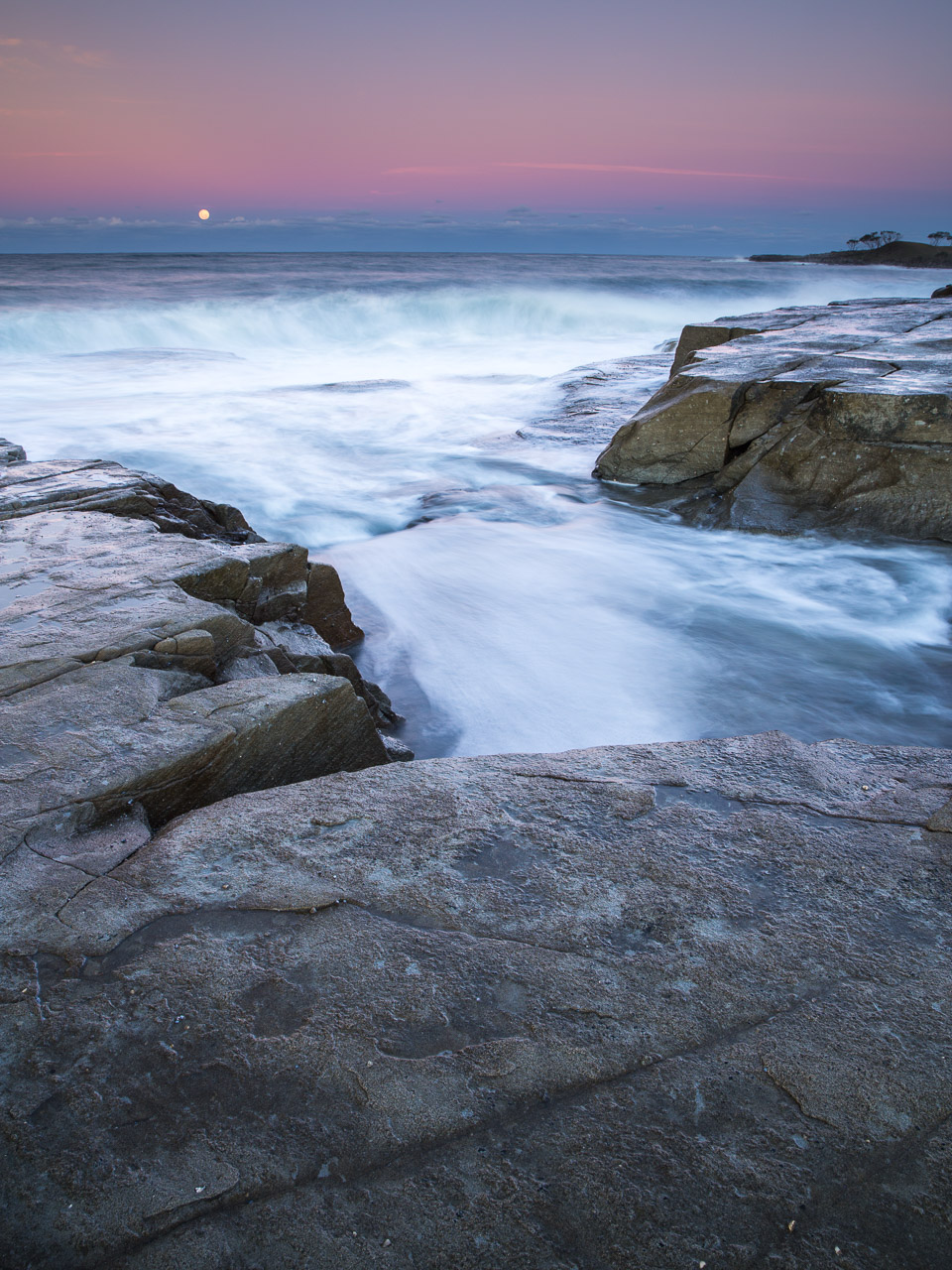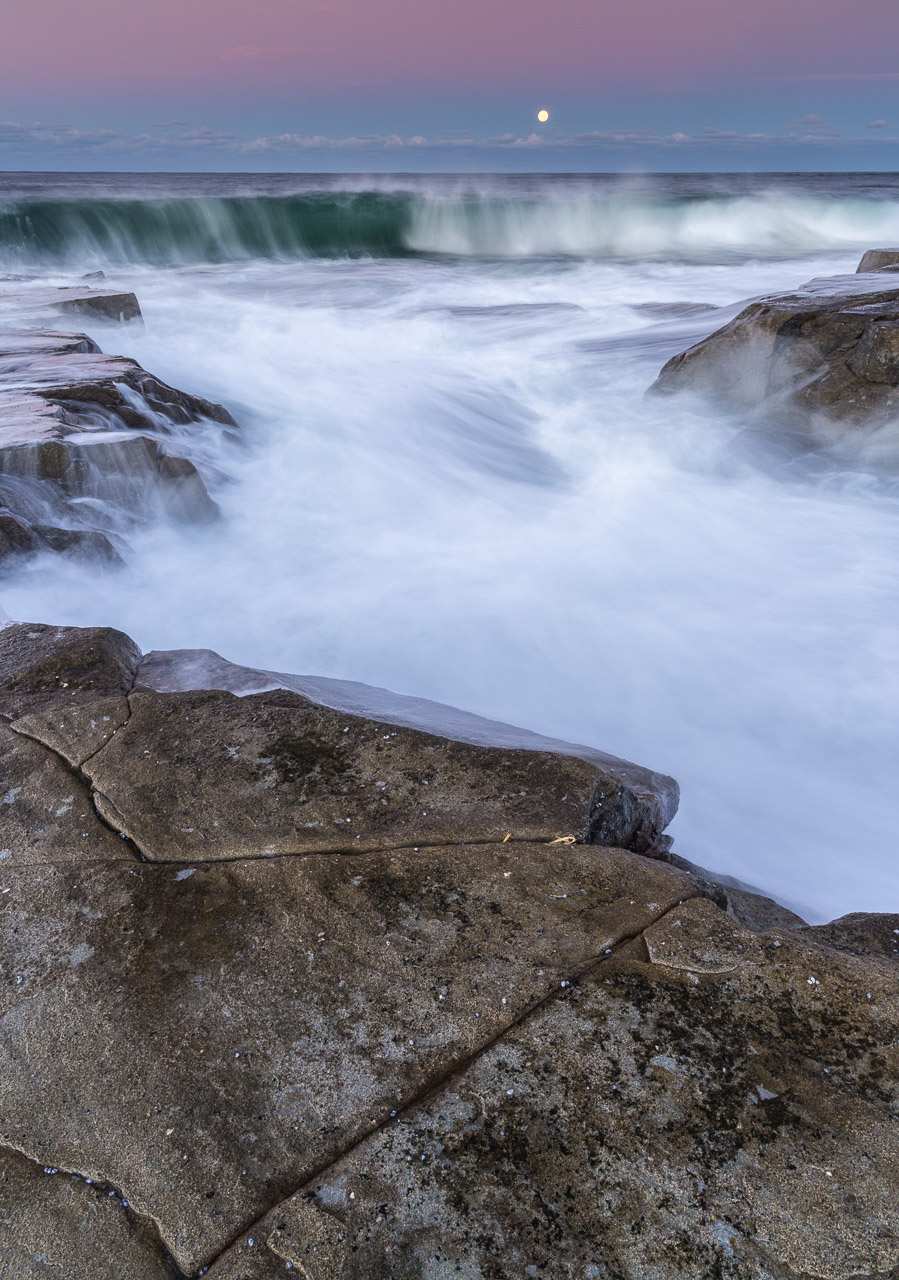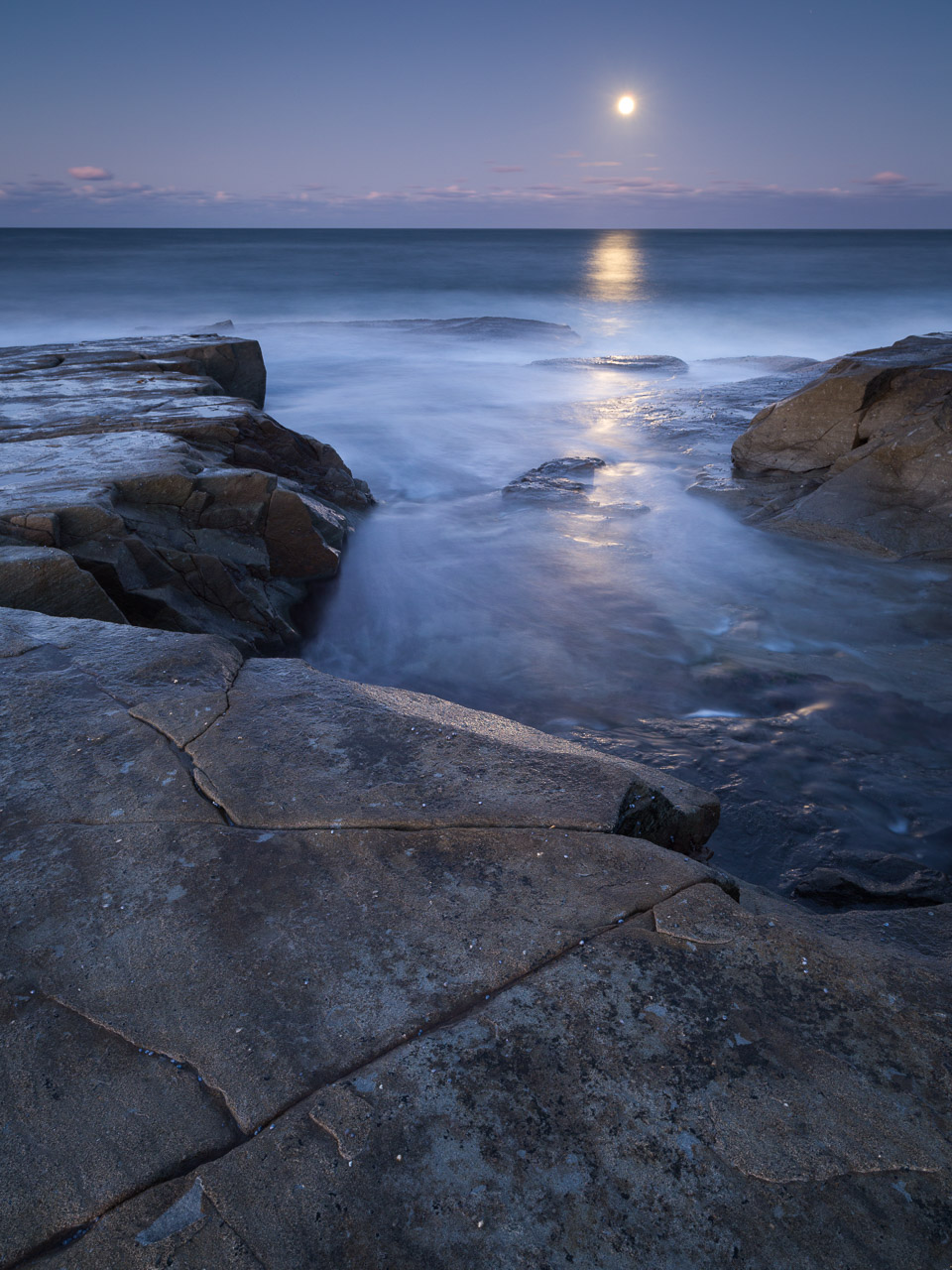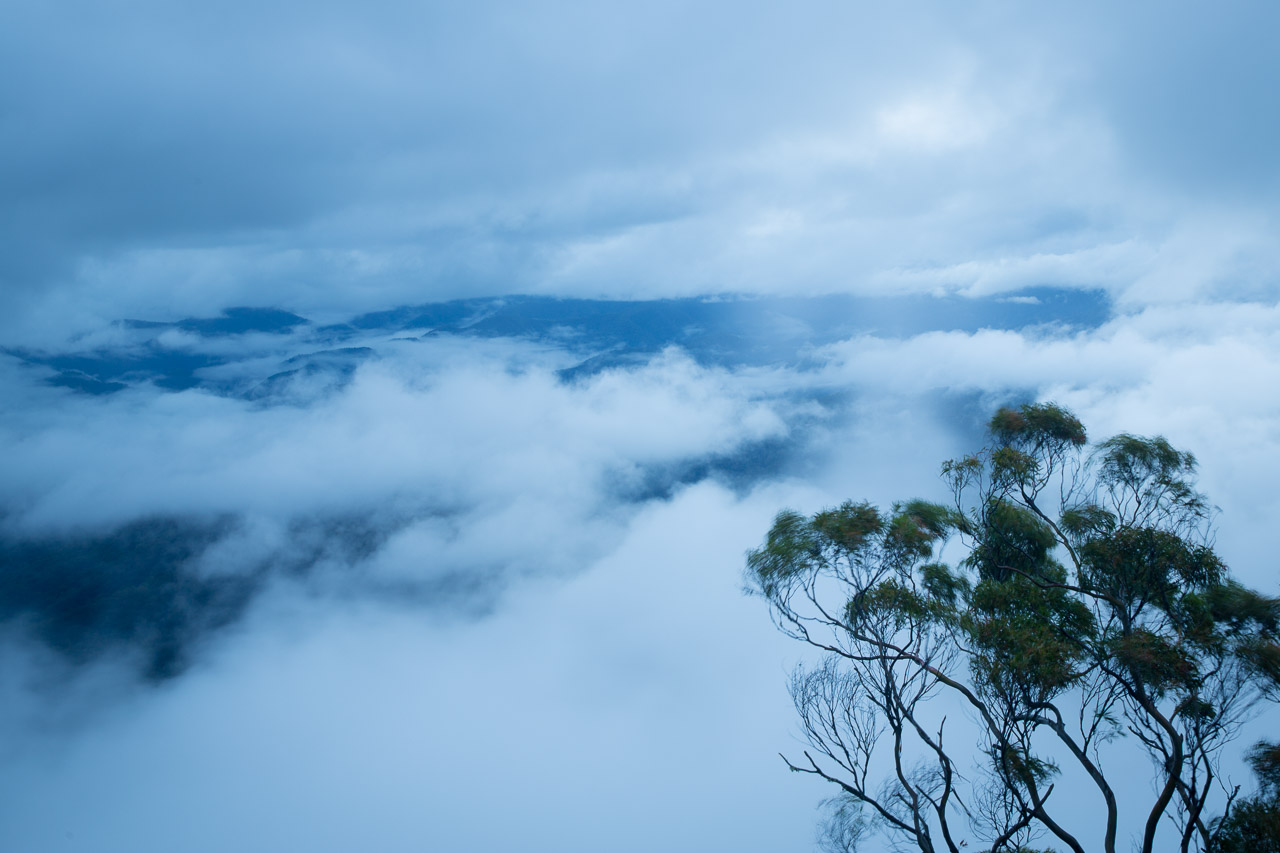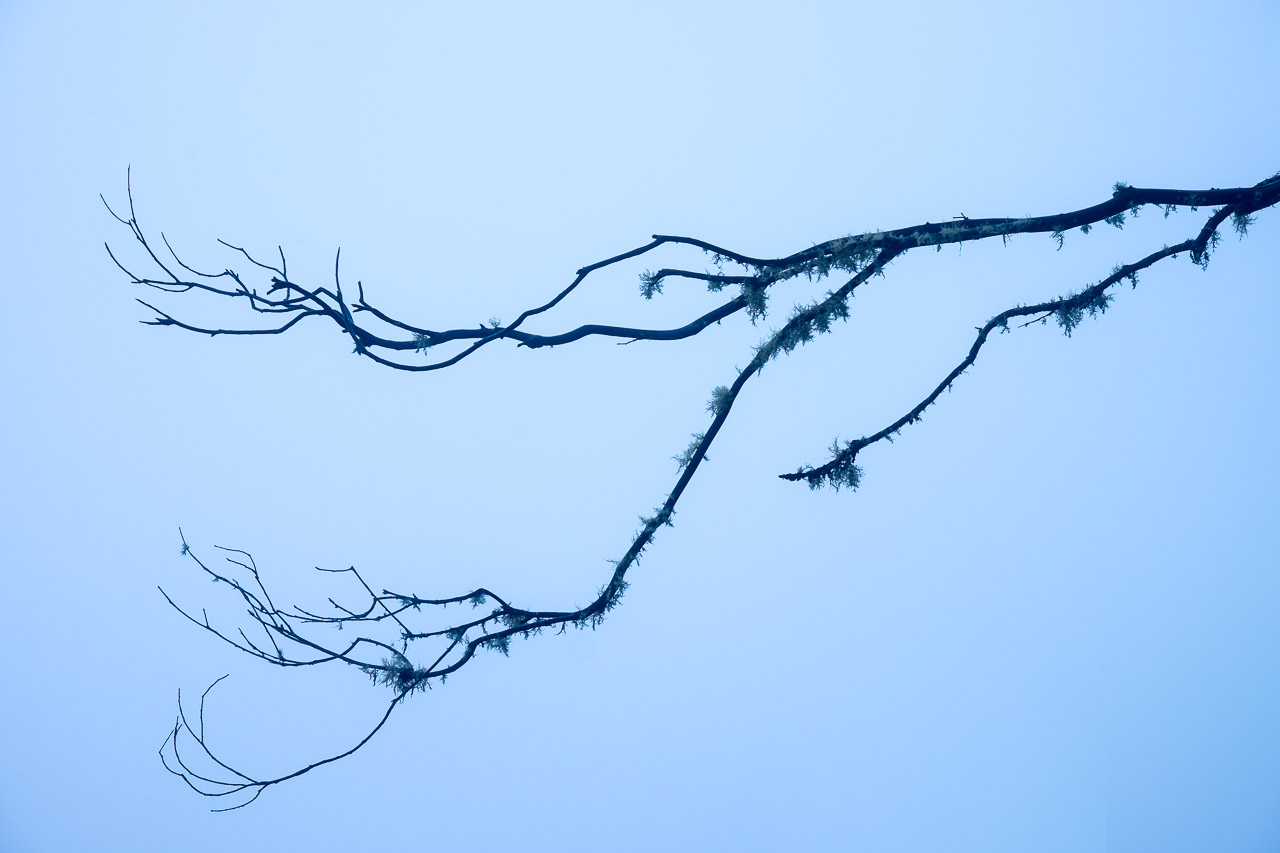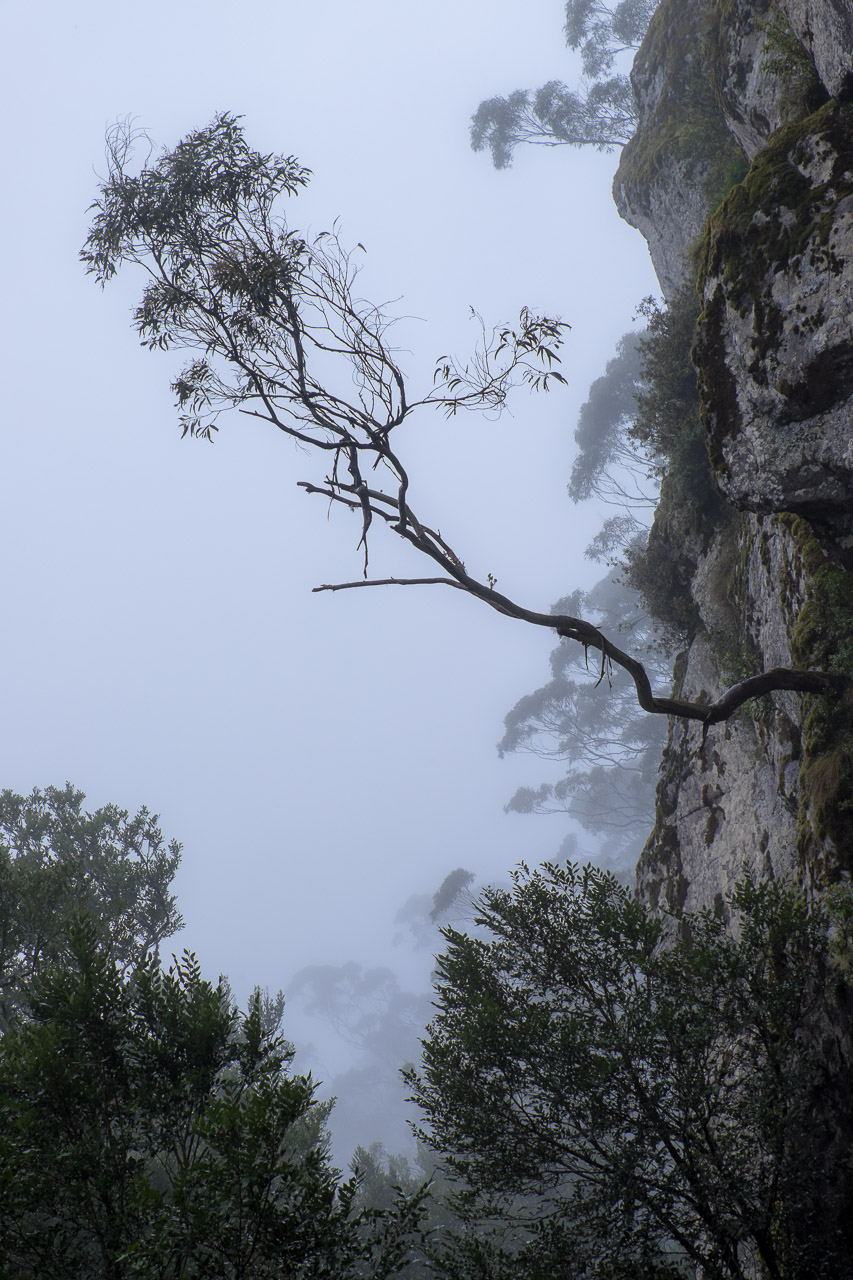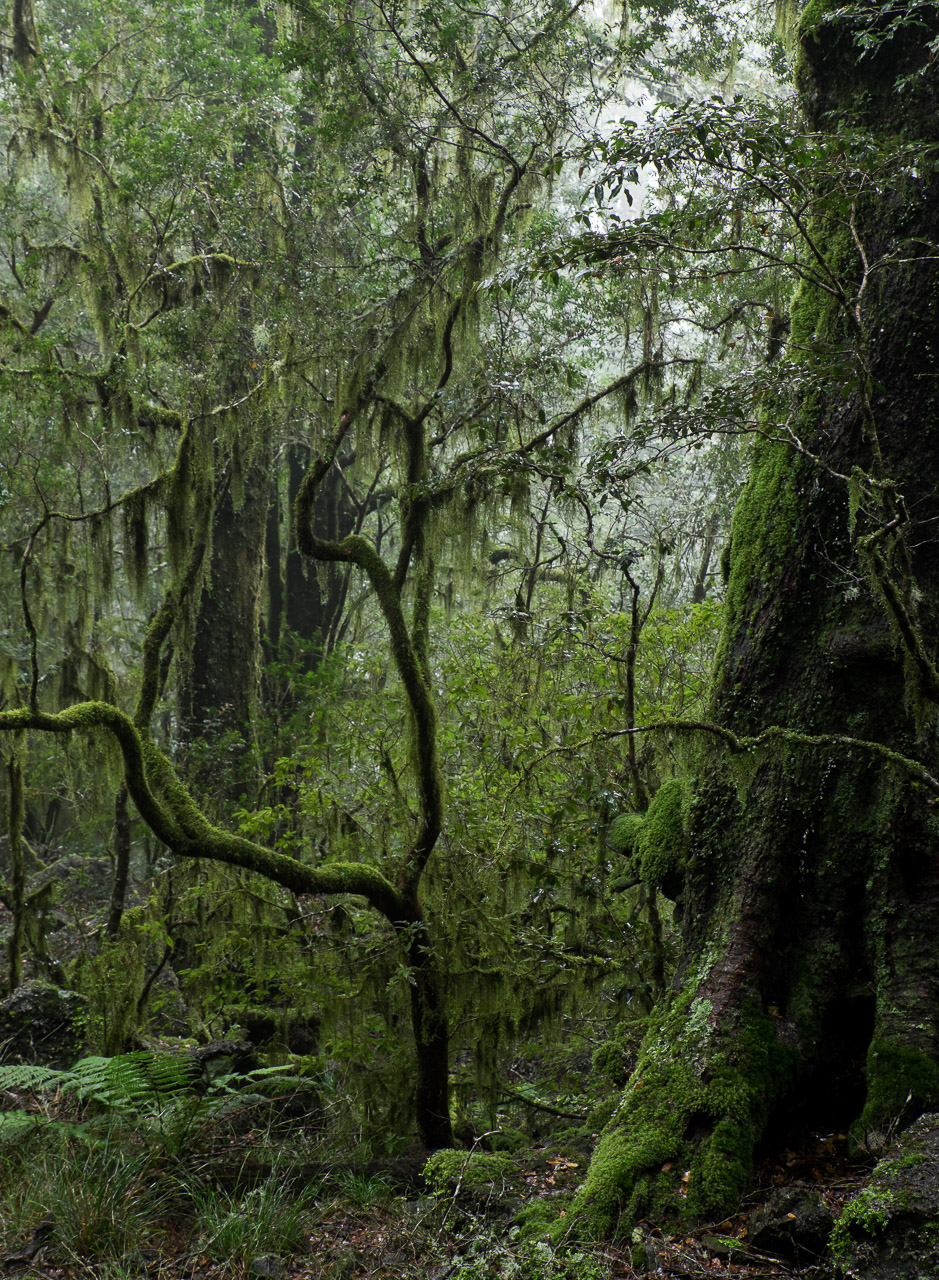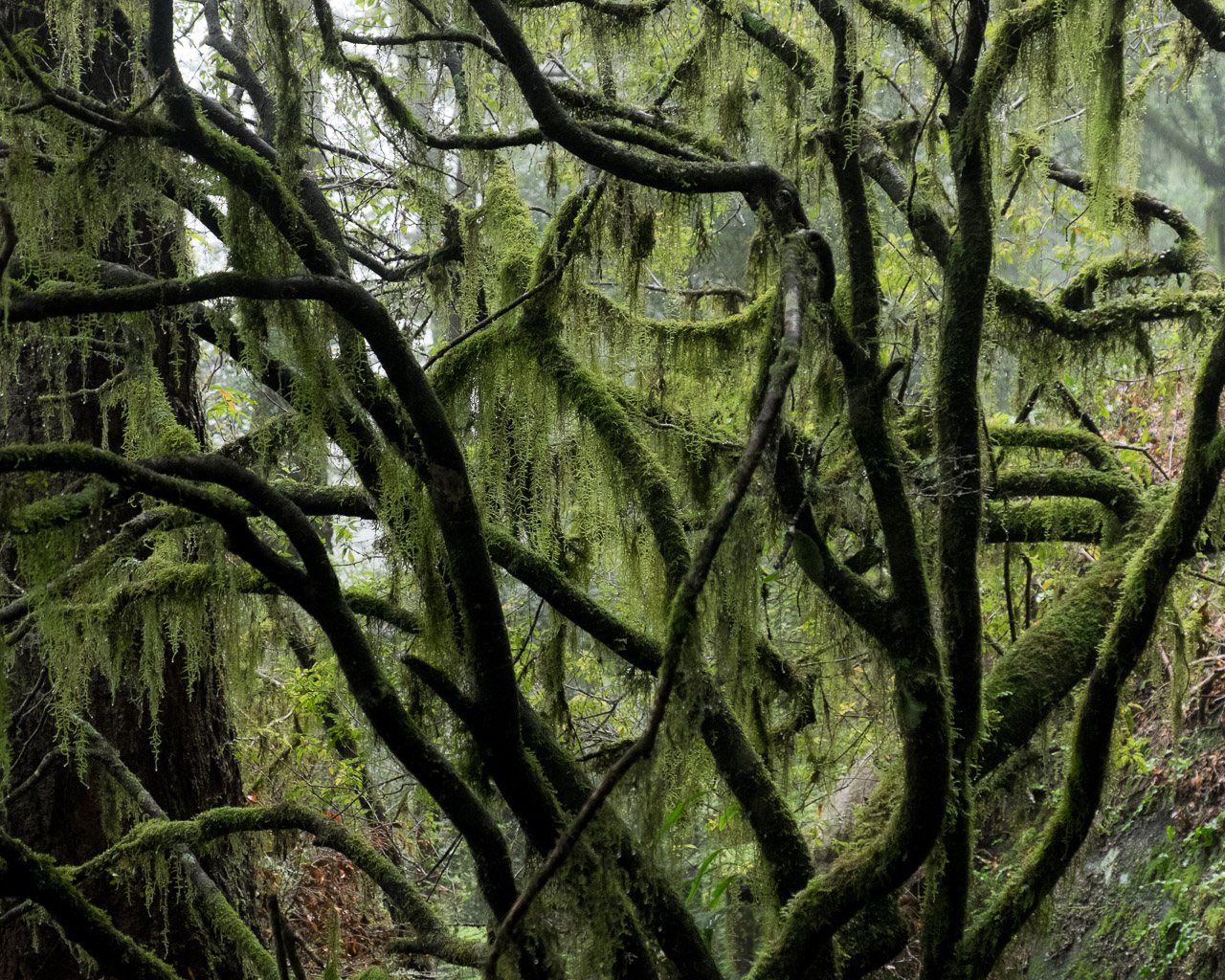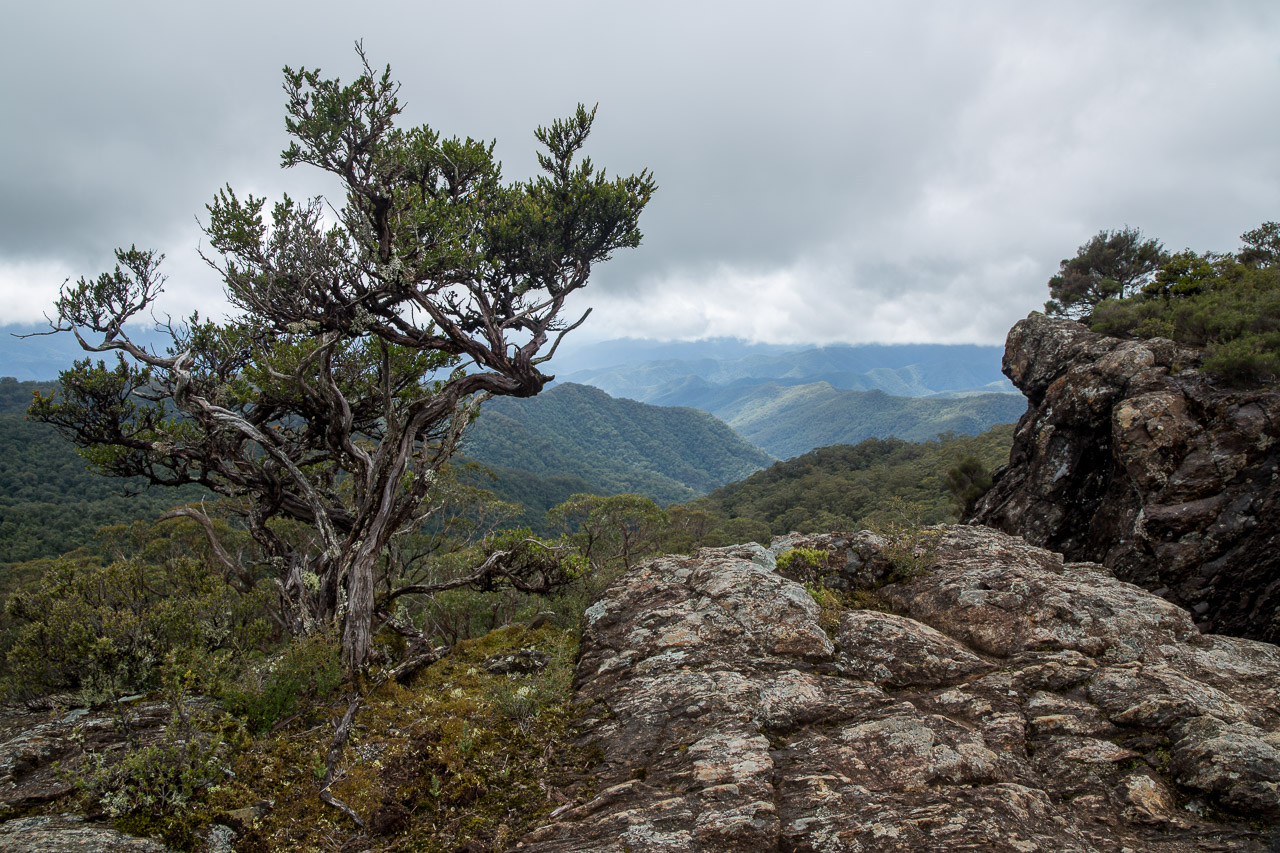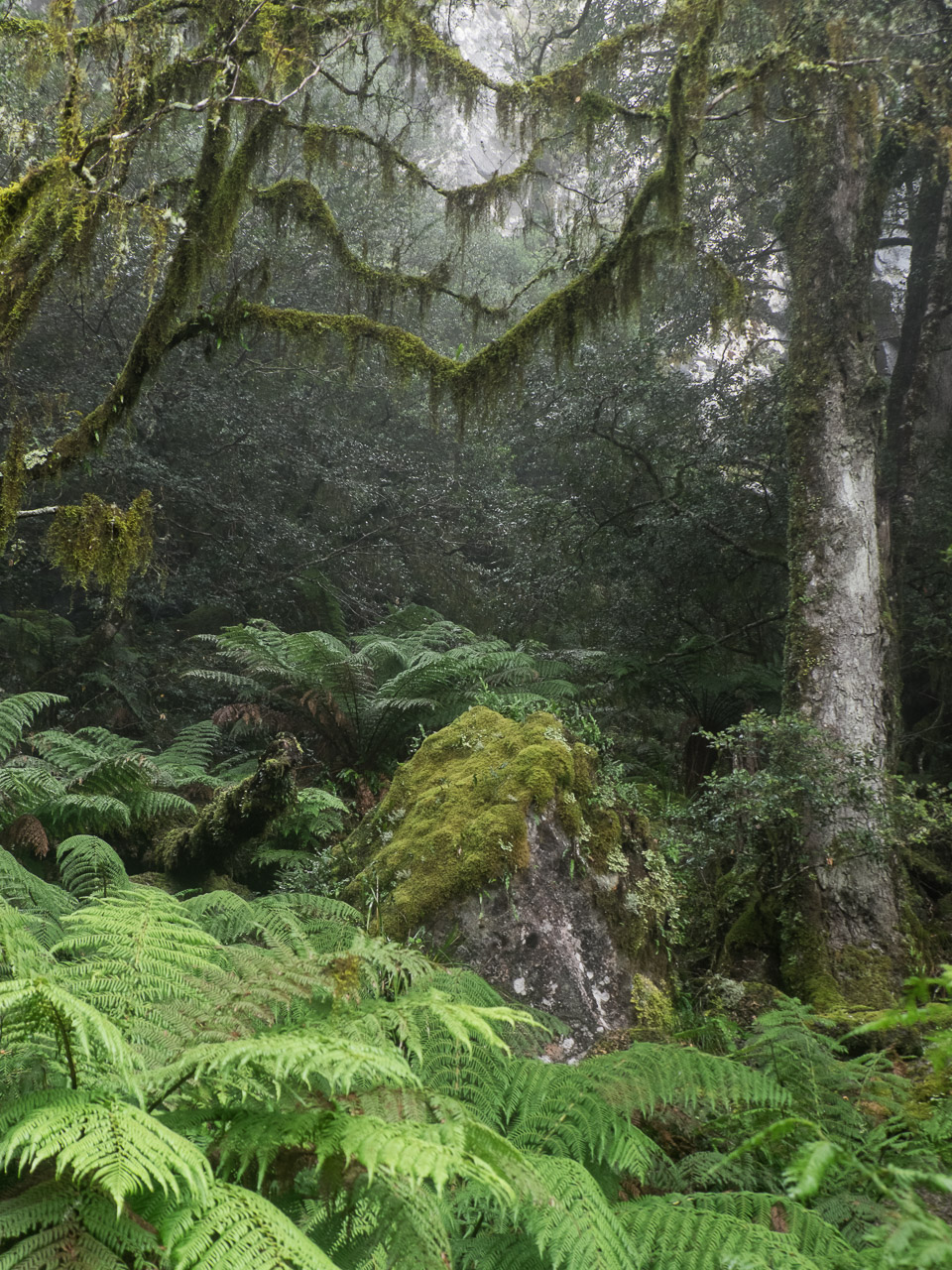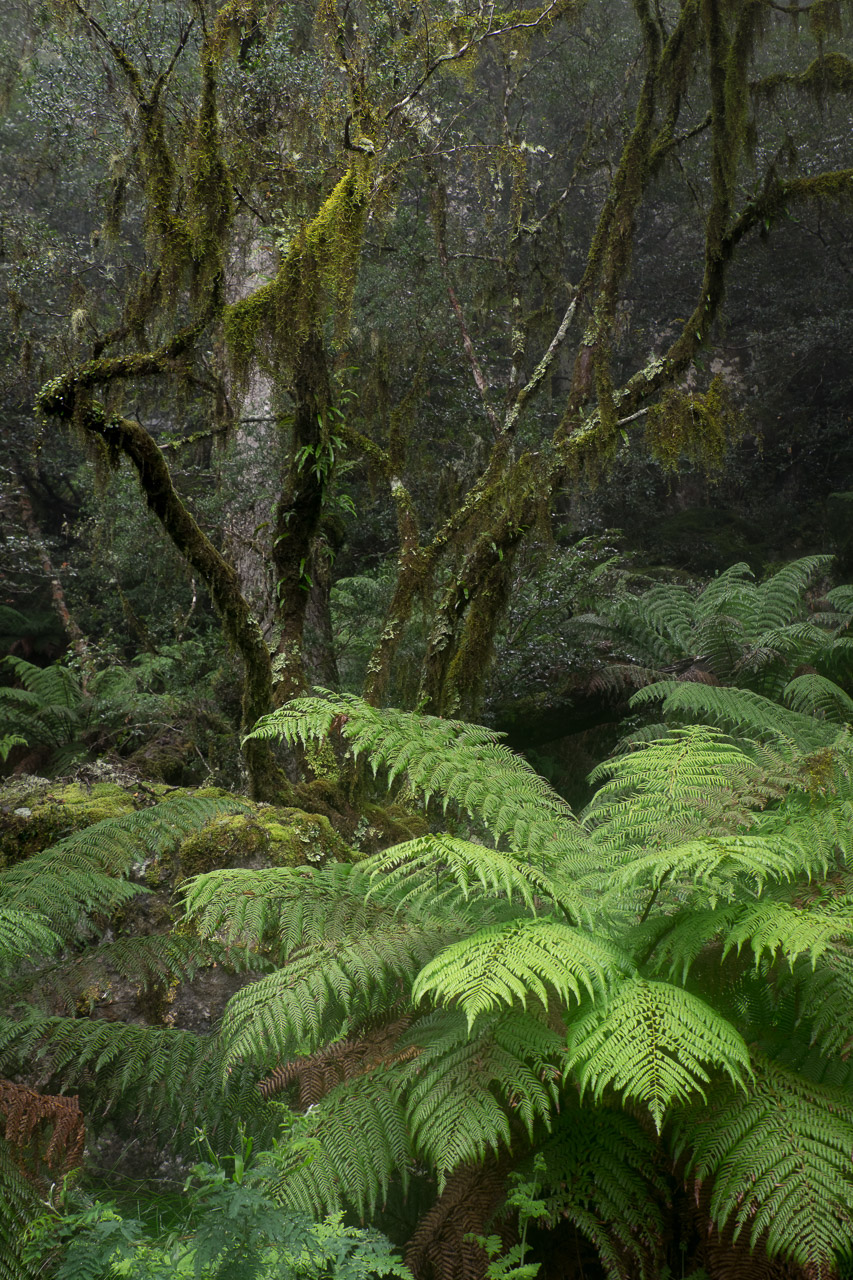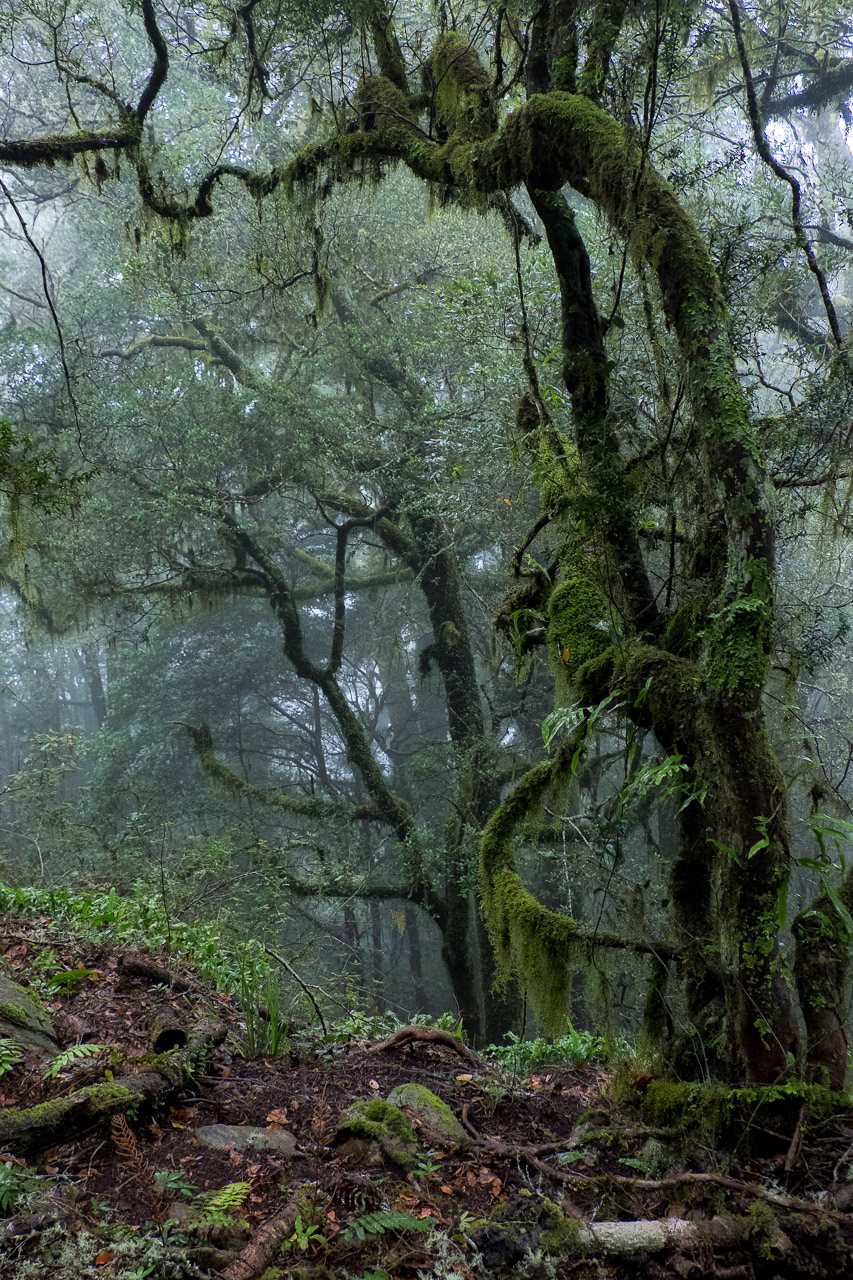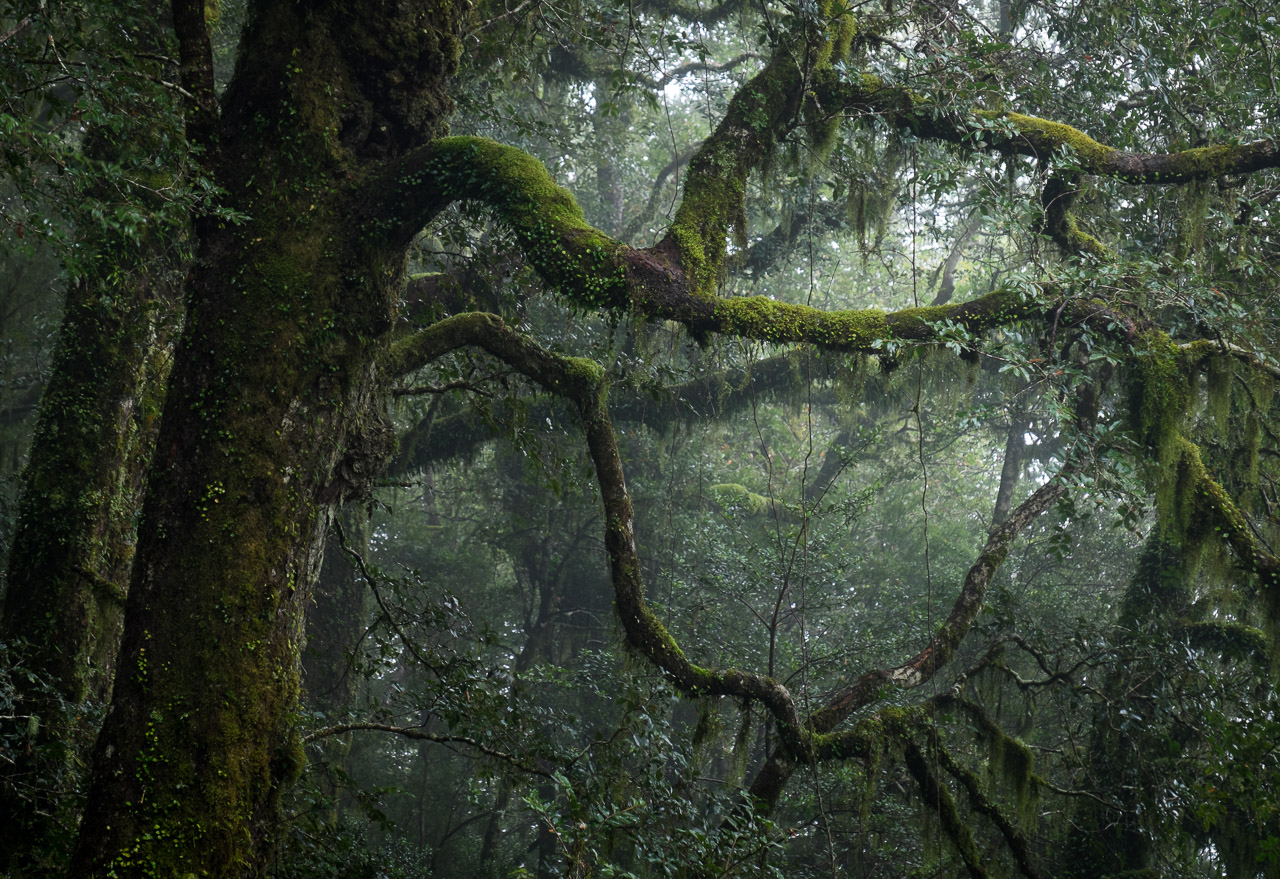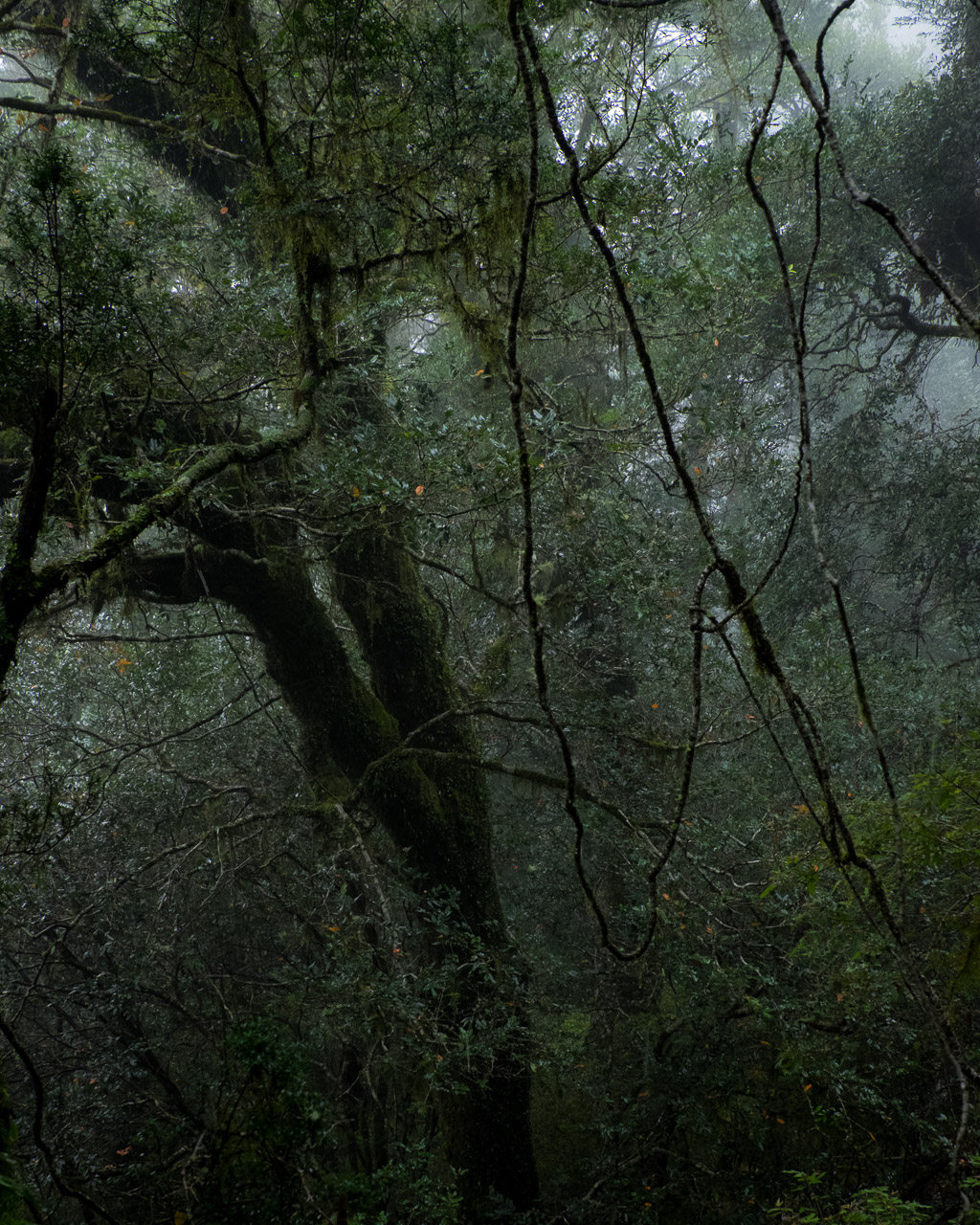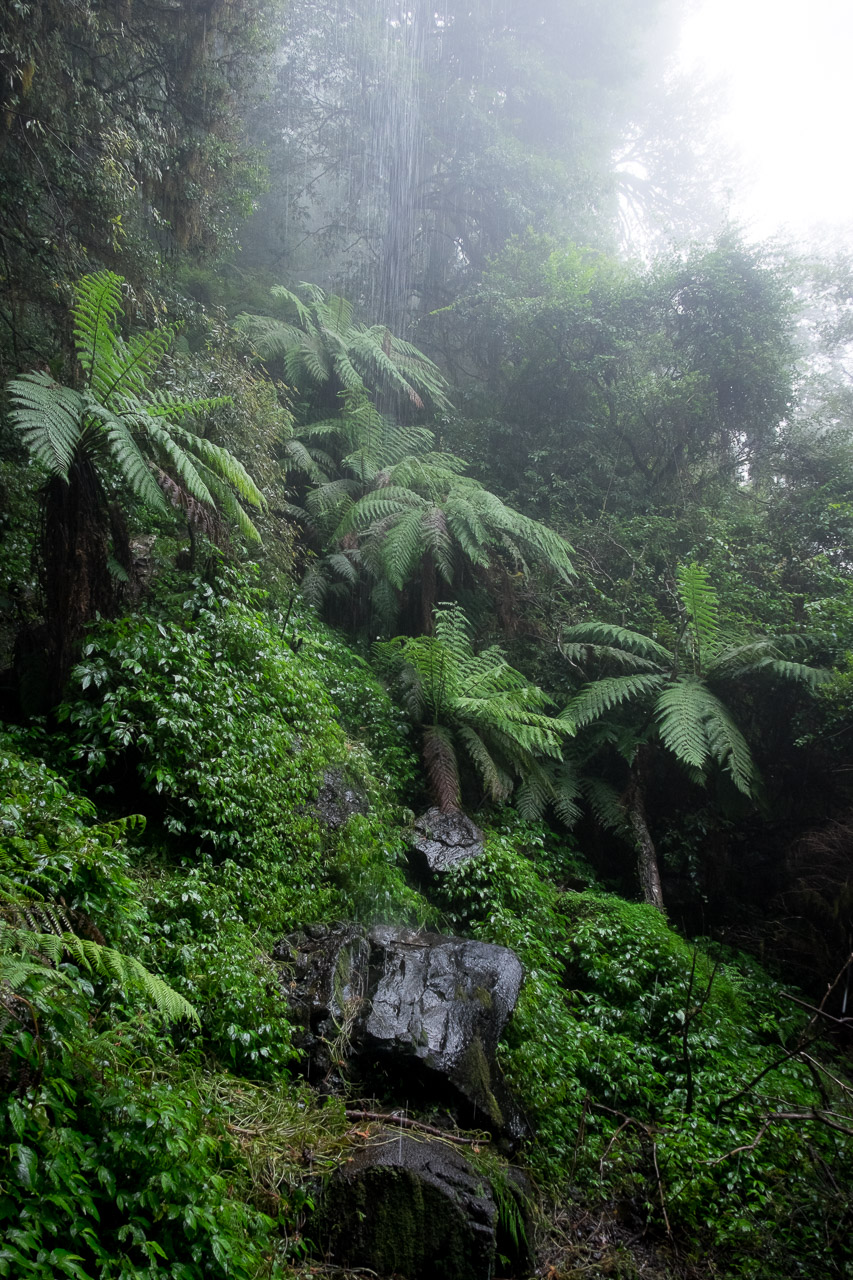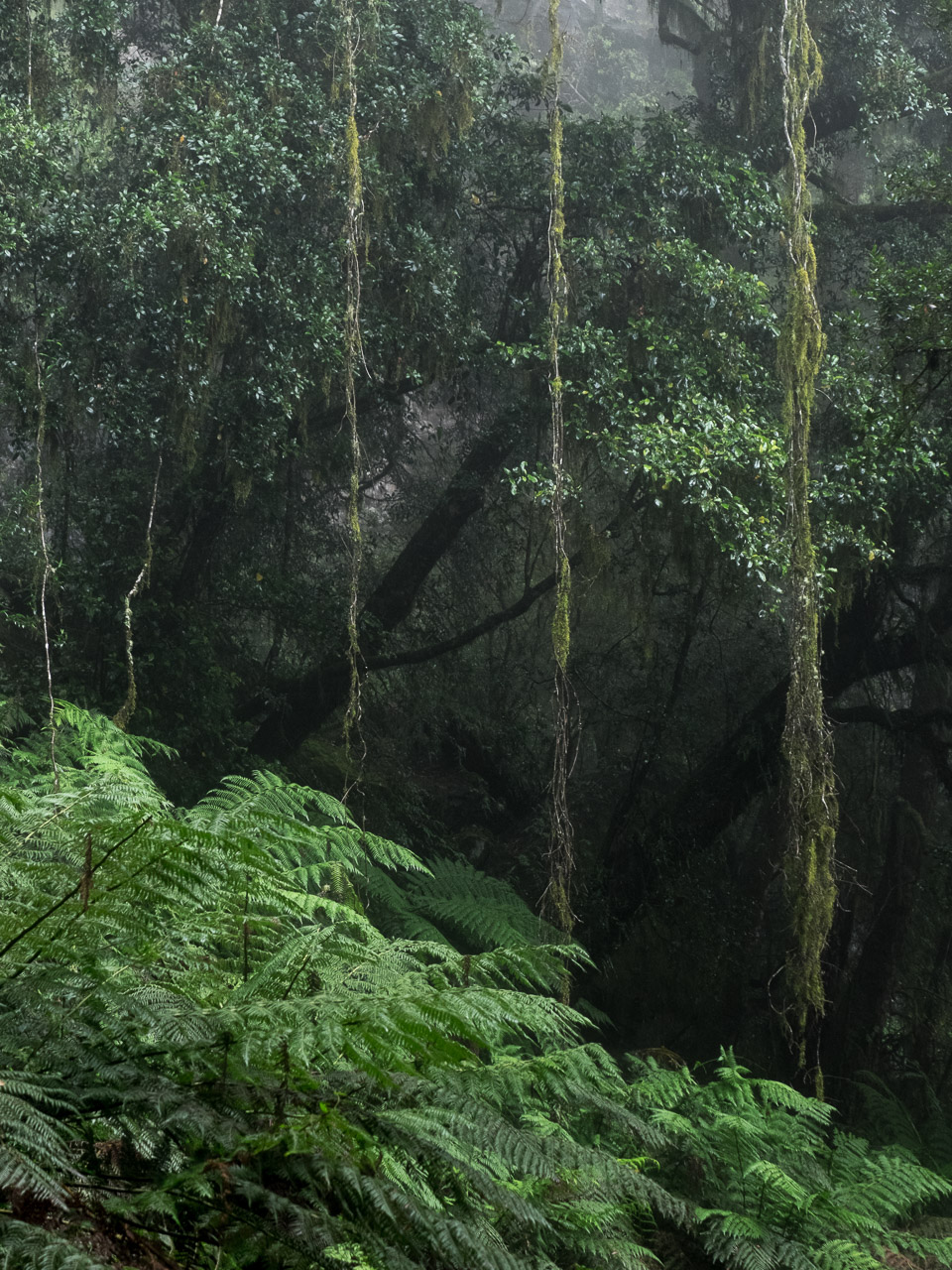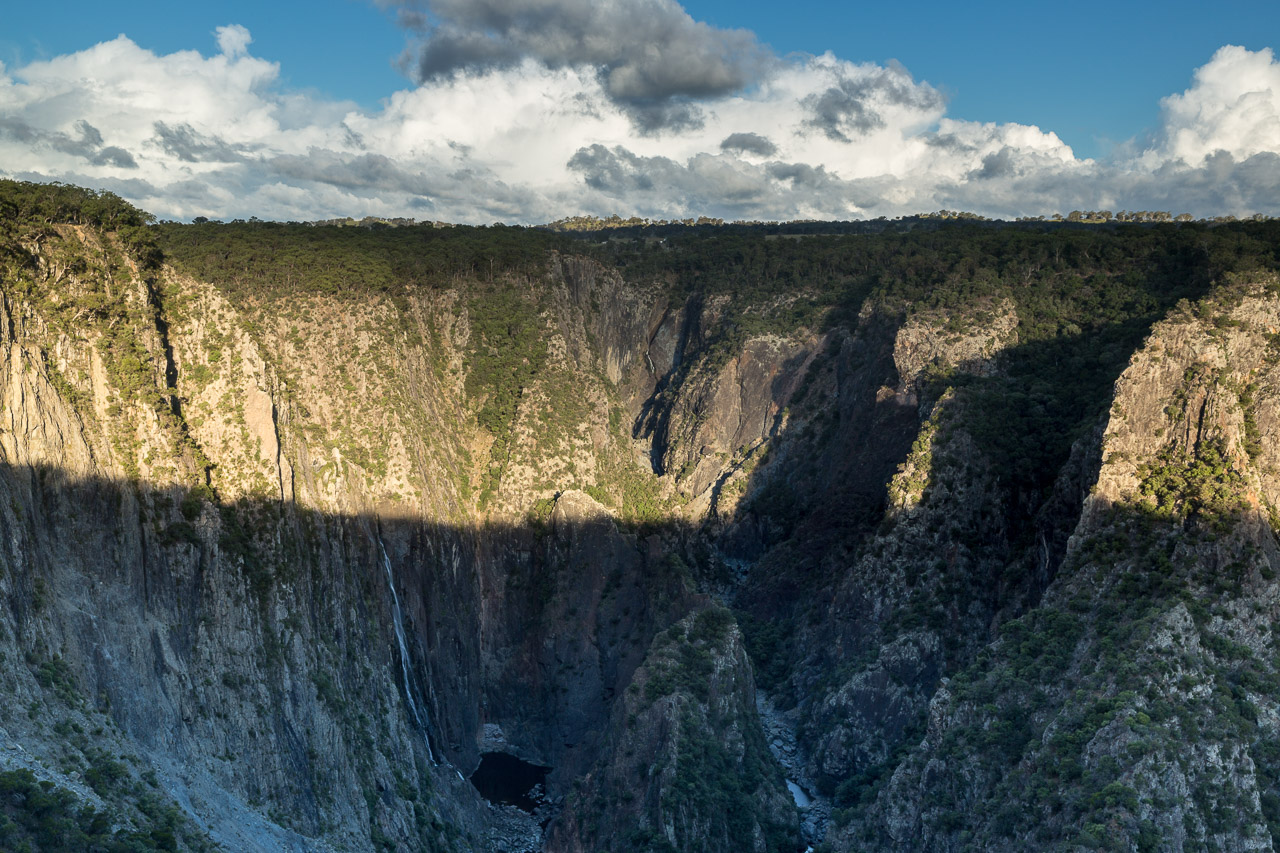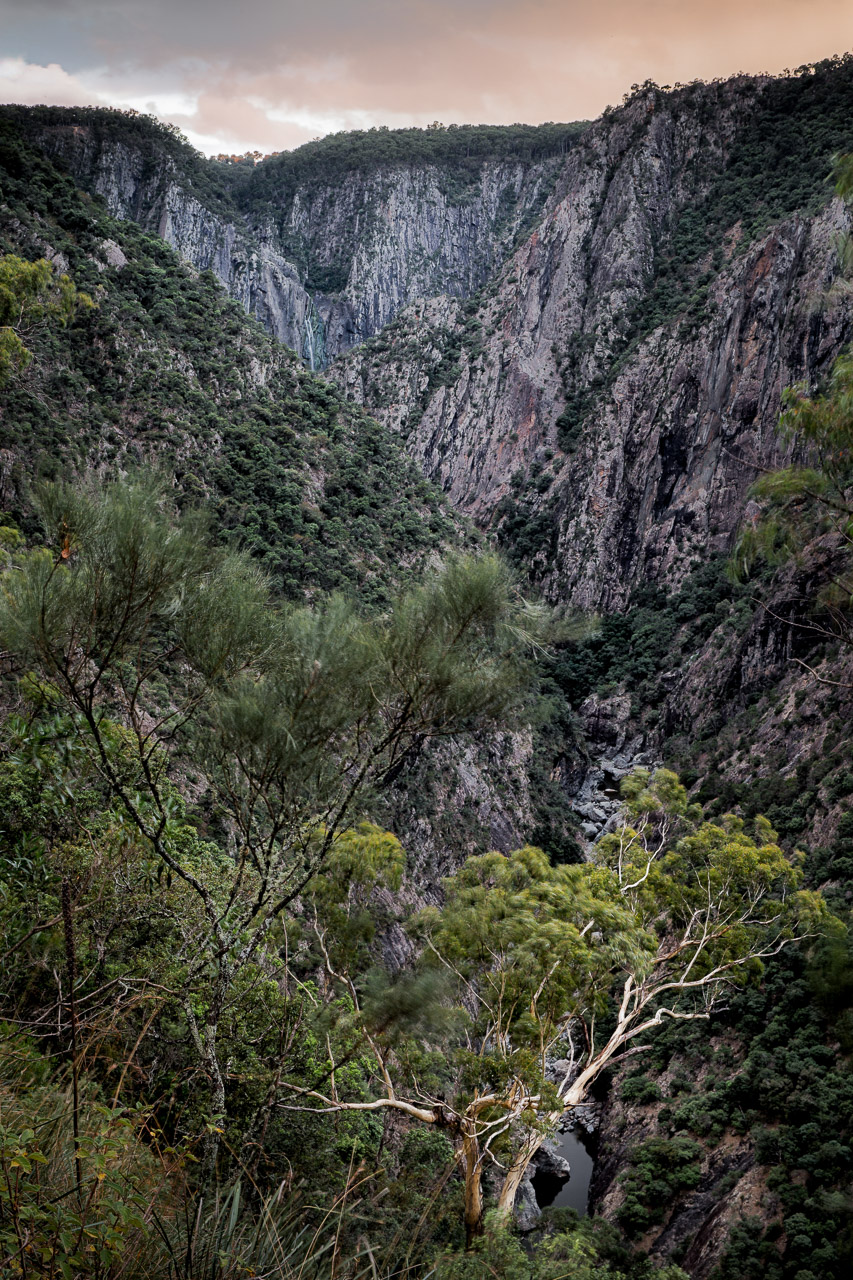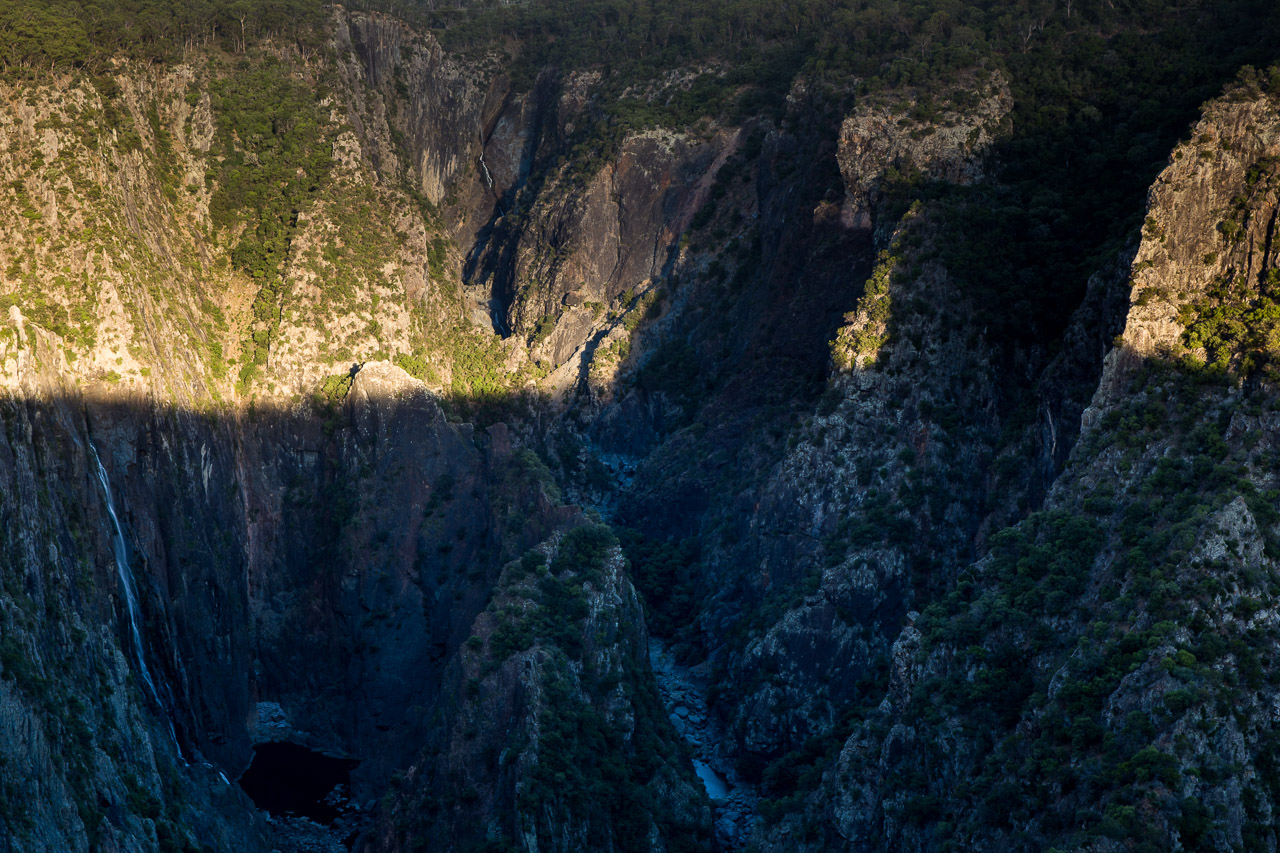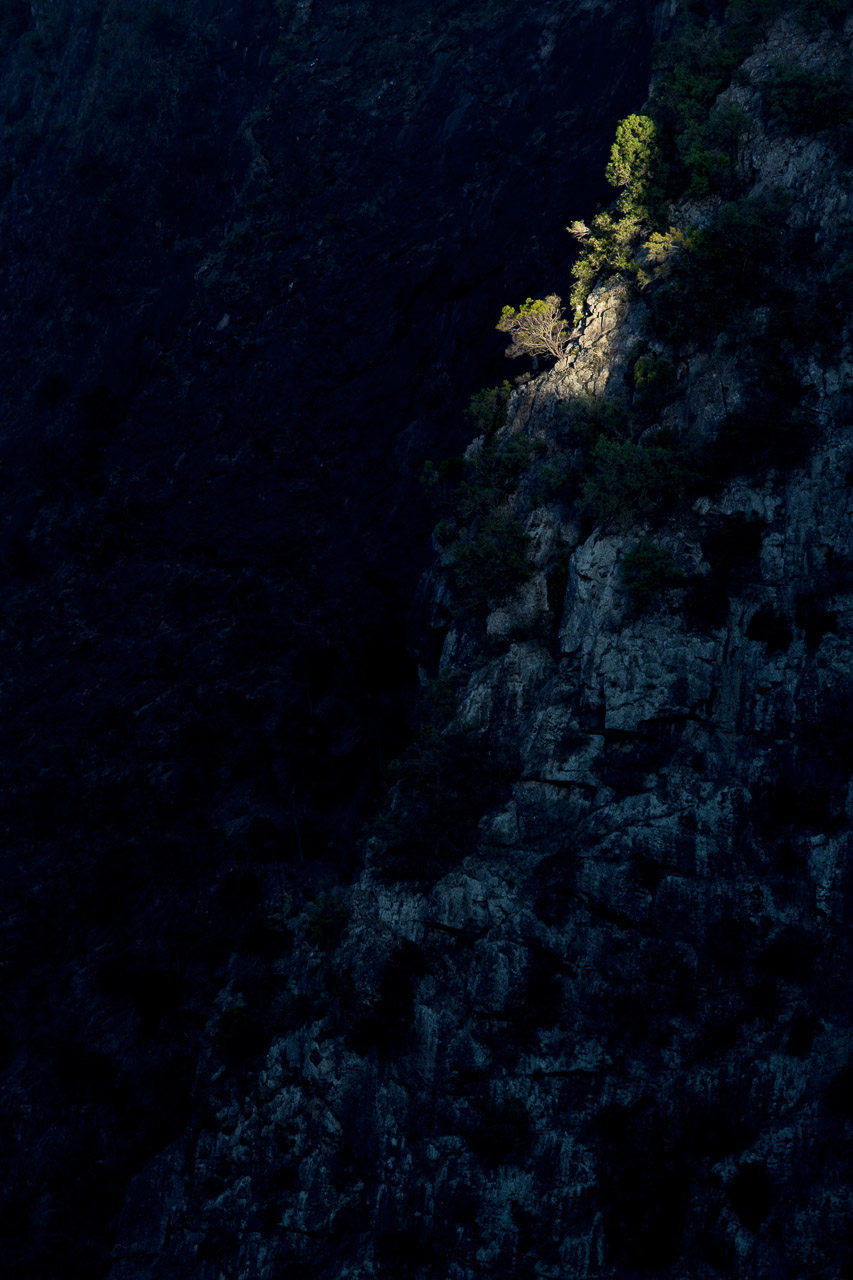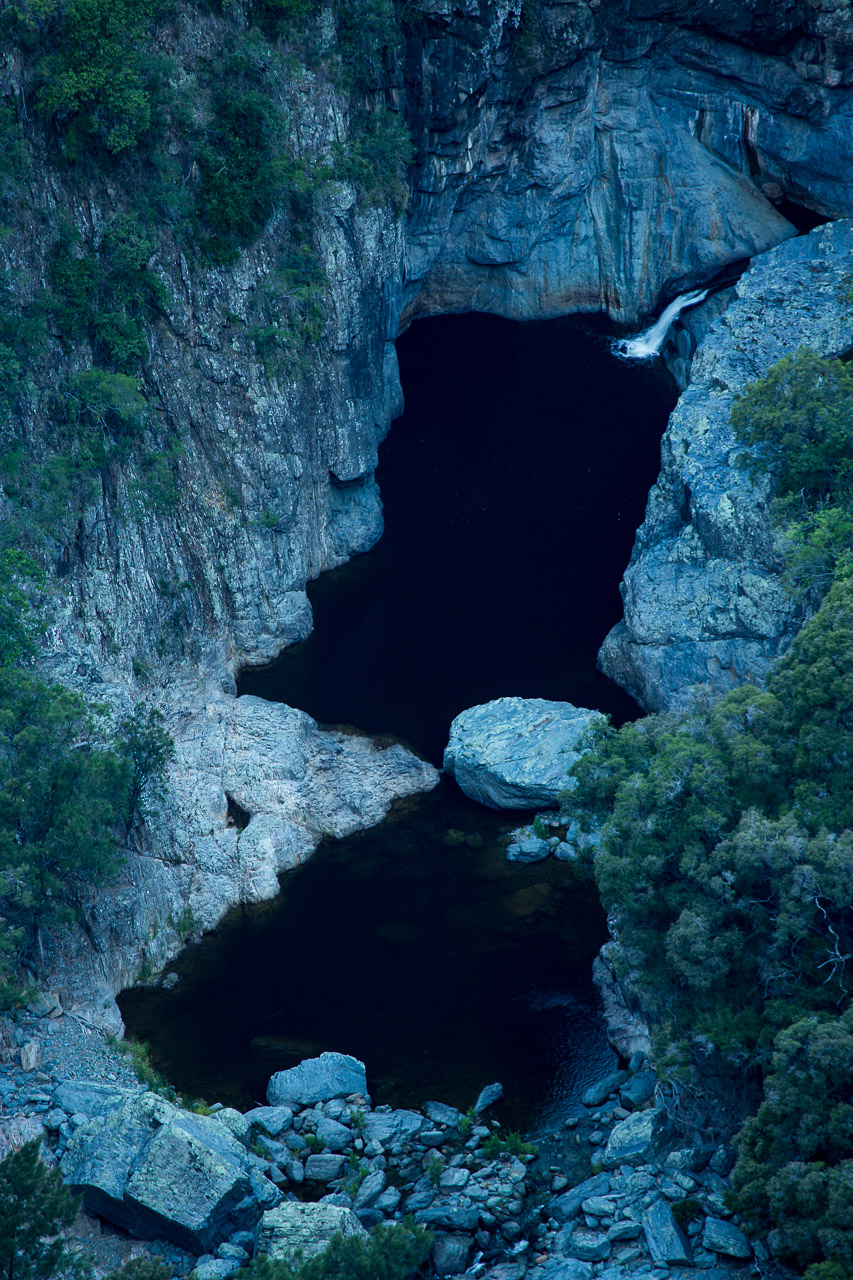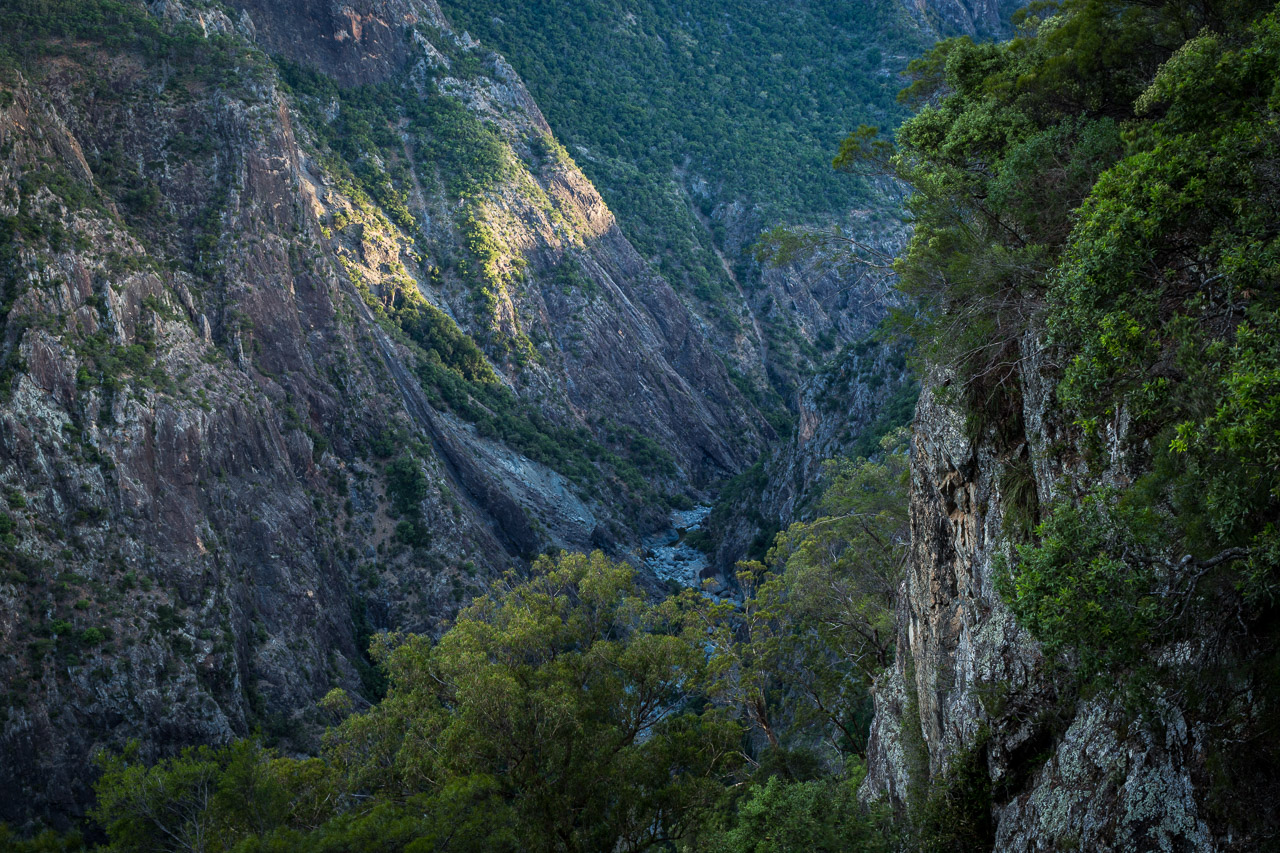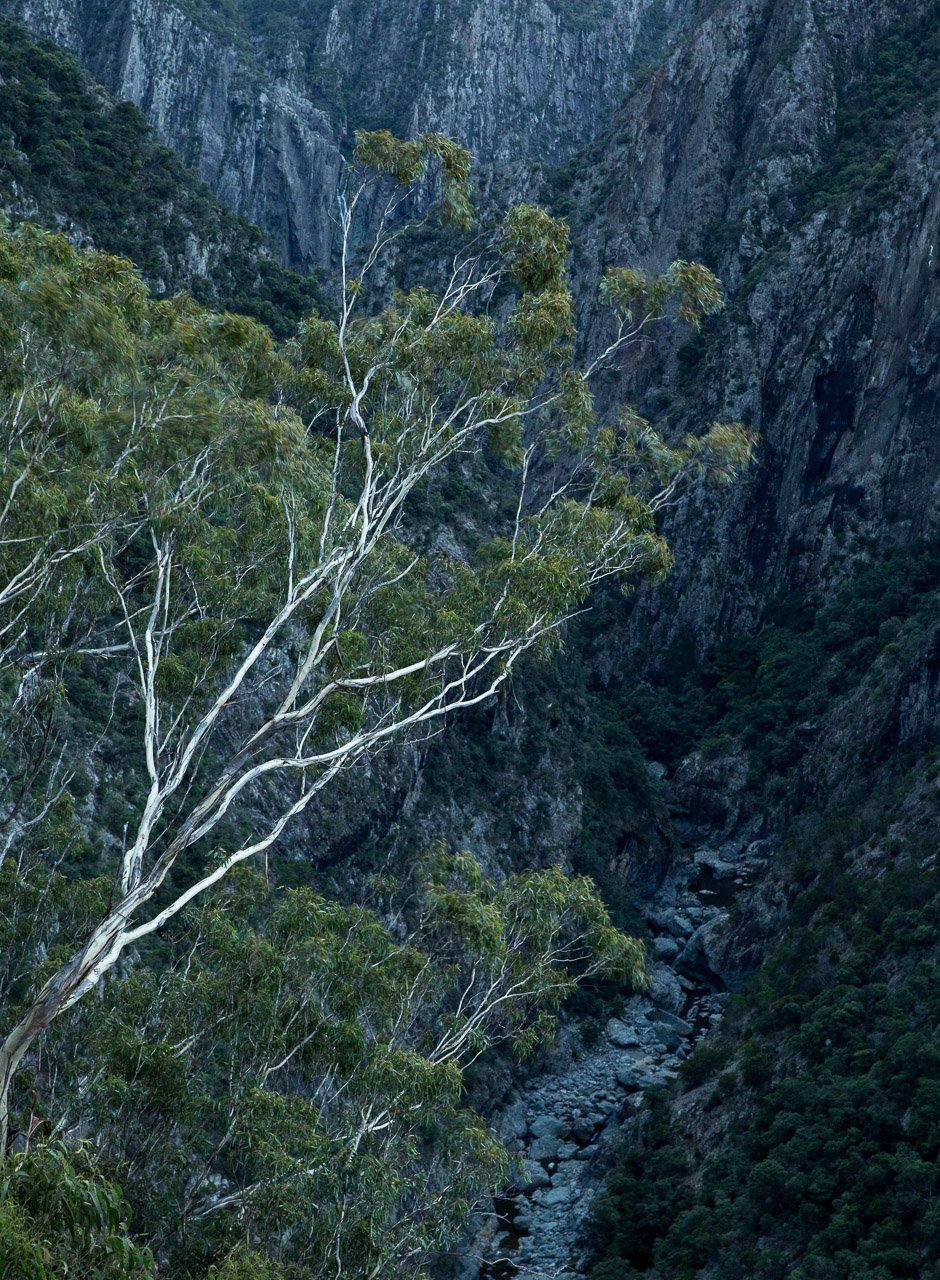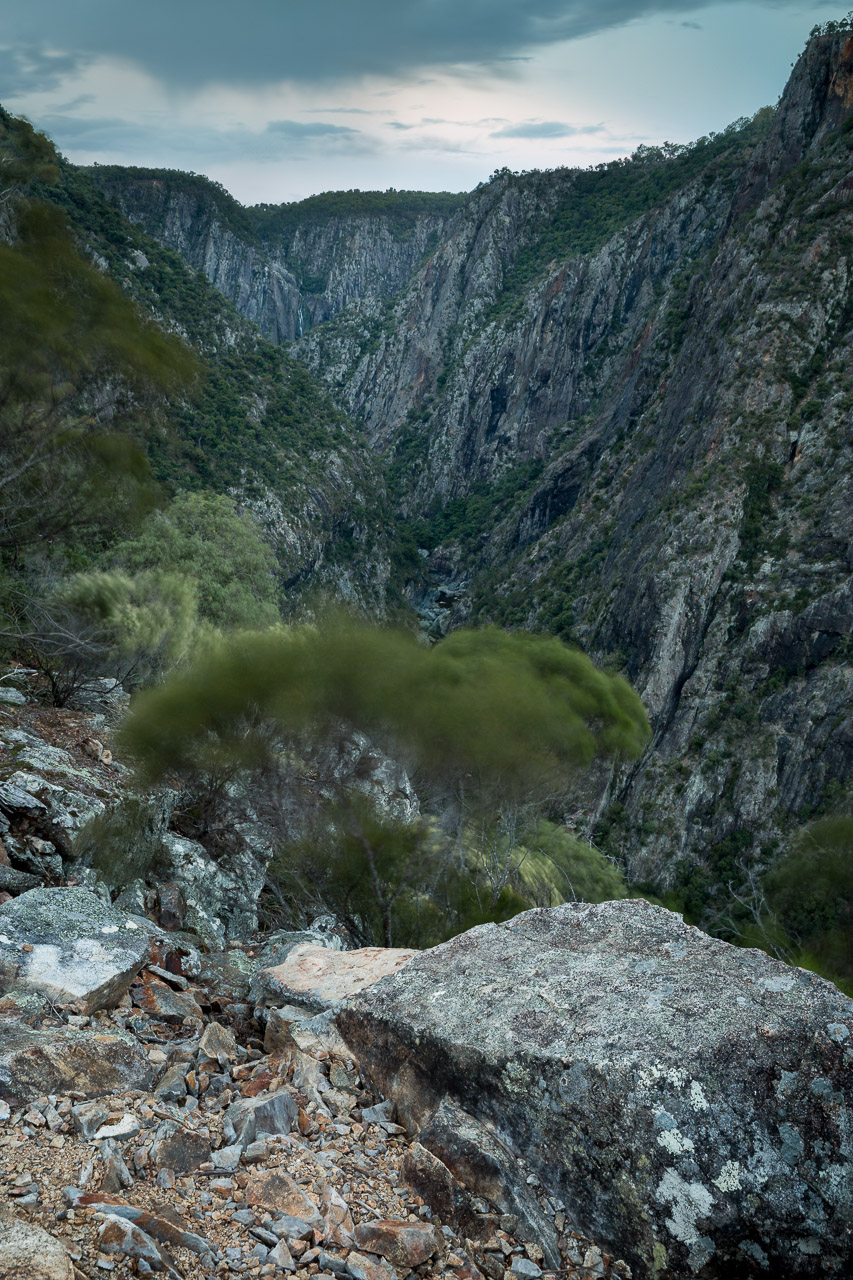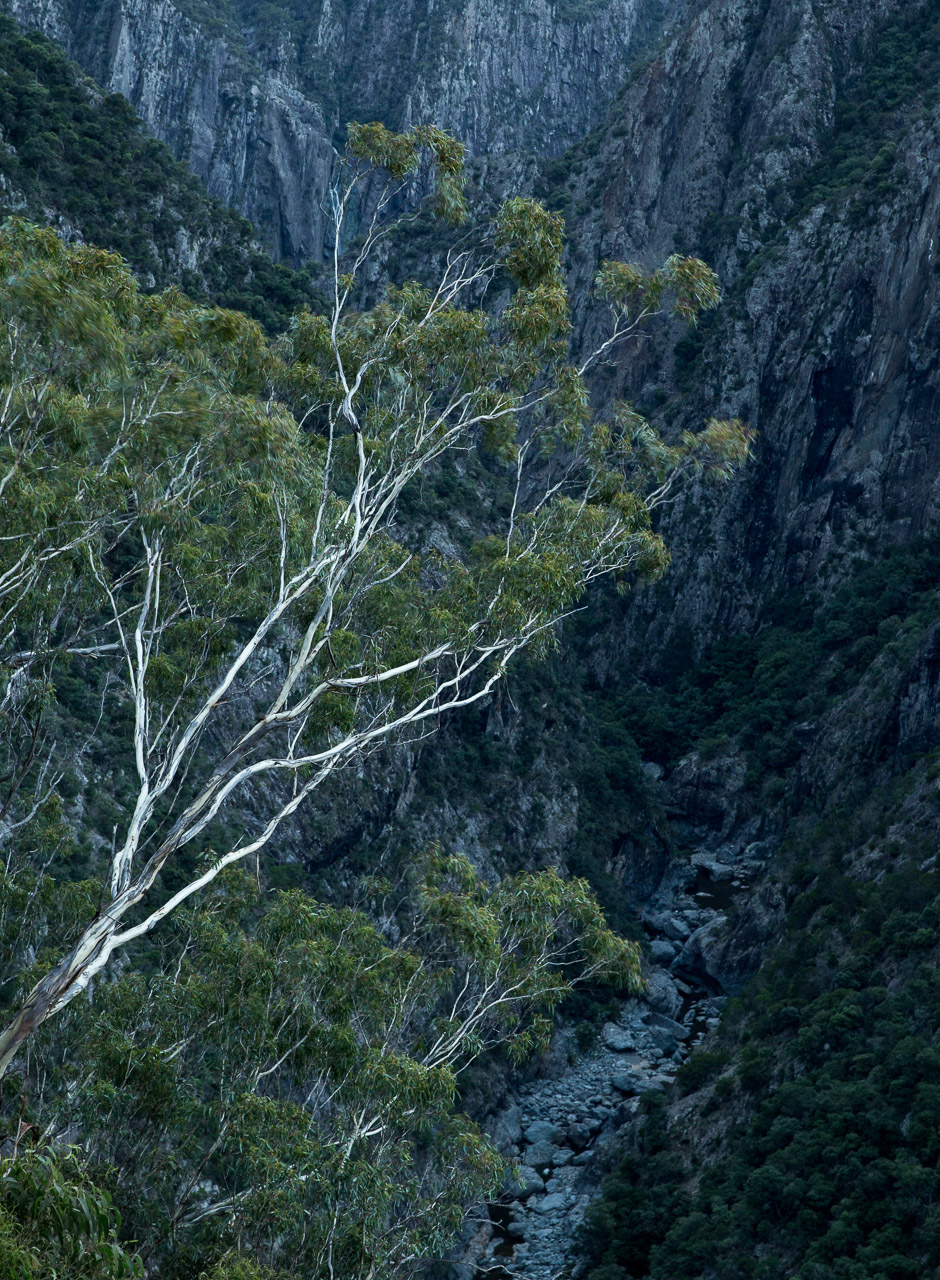Let me start by asking you a question. Which photograph is better?
Let me ask another question, how did you feel about me asking you how you felt about choosing my preference for a photograph? Go on, let it out.
Let me tell you how I feel when I see questions like this.
"Why are you asking me this?"
It doesn't just sow a seed of doubt in my mind as to the artist's intention, it blows it wide open.
If you don't know how you feel about your work, how am I supposed to know how I feel about your work.
Don't get me wrong, there's much to be gained from mindful and deliberate consultation with peers and respected artists. But the decision about "what's better?" isn't something we can defer to them alone, and certainly not to social media followers.
Instead we might ask a select audience, "Which of these interpretations do you think best reflects the feelings of hope/despair/solitude/energy I am hoping to convey in this photograph? And why?"
I'm a pretty honest and open guy but as an artist I don't think that's a question you broadcast. I think it's one that you discuss behind closed doors. In my head I picture a smoky backroom, a couple of glasses of whisky on the table, a game of pool beyond. Or maybe that's just my preferred arena.
But that's not how or when the question is usually phrased. More often it's on Facebook, asking for help selecting the best photograph from a pair. Sometimes the difference in editing between the two is barely decipherable.
The problem with the question "which is better?" is that it shows plainly that you don't know yourself. It shows that you don't really know what you were hoping to do with the photograph beyond the very superficial. Moreover, it demonstrates that you're basing the future of your photograph on the views of others.
If photography is an art, and art is personal expression, how can the question "which is better?", aimed at a wide audience , offer an answer that is of meaningful help? It might inform us of what some - or most - people like, but it doesn't help inform us of what we like.
And that's the whole point right? If we're making photographs for ourselves then there is totally zero value in trying to work out what the masses want and refine it to their taste.
I recognise the eager student, keen to understand the magic of photography and learn the visual language; the one that I feel I've only just begun learning and know will take a lifetime. I mean no harm, indeed I hope to encourage you to see differently. To not worry about the crowd and what is accepted. To follow your own path and what excites you. To believe in yourself, in your photographs and trust your instincts.
On the other hand, if your objective is to refine your work for mass consumption (and I more than most appreciate the desire to be liked) then I'd suggest you need to approach the problem differently. The question "which is better?" makes me think the photographer doesn't really know what they're doing or talking about.
If you really need feedback, ask someone you respect or perhaps try posting the different versions of the photographs separately at different times, rather than together. In A-B testing, you typically show different versions to different groups rather than offering both to everyone. You see if A or B gets the best feedback but your users/viewers don't recognise they were subject to a test. So try posting version A at one time/platform, and B at another time/platform, and welcome feedback on both.
If your aim is to be a respected photographer then seeking reassurance from your followers is probably something you need to stamp out pretty quickly anyway; your followers are looking to you as a role model, an exemplar, a voice of confidence, a signpost in a mixed-up, noisy world.
If you start asking them how they should feel about your photographs, your illusion is revealed and they're going to be launching life-rafts and looking for another Boat of Confidence long before you've made your mind up.
Don't get me wrong. A bit of humility is essential, and we're all human. Listen to feedback, encourage feedback, look for it.
But I strongly believe that when you share your work that people want - need - to believe in it. If you ask for opinions, comparisons, or otherwise belittle or apologise for your work then that has a detrimental impact on the viewer and how the viewer perceives you and your work.
On the humility front, most of the time I hate - hate's not just used for emphasis, it's real! - my work. I pity myself, I castigate myself, I wonder why what I'm doing isn't better, why it's not meeting my vision (aka what I had in mind). But I still think those questions are for me.
I have to decide which is better or worse, or dump it altogether. Only I really know what I'm getting at. "Which is better" can only touch on the very superficial, "where should I put that line, that rock, is it too bright, too dark?" The context, the intention, I feel is everything. Only you know what you want to achieve, what feeling you want to excite and how you want your work to look.
So yes, get feedback - from good sources, not from random internet people - consider feedback, change things, choose your favourite picture of two on the back of it, but please always remember that your photography is your photography. The aim isn't to appeal to everyone, not the masses, nor the cliques. Just to yourself, and hopefully those that might like or at least respect that.
Asking the question "which is better?" defers the crucial question in your photography. It suggests that you're not sure what you're trying to achieve, that the views of a wider circle are more important than your own, and that you don't have the confidence to stand behind your own work.
So I say again, make the decision for yourself - choose A or B based on the vision, the idea, the image that you had in your head. Welcome feedback yes, but don't give them both options. Because some people choosing B is no more right than other people choosing A.
What you choose is the only thing that matters, and people will recognise and gravitate to that. Such choices will define you and your photography. Such choices, by the way, is where originality is born.


